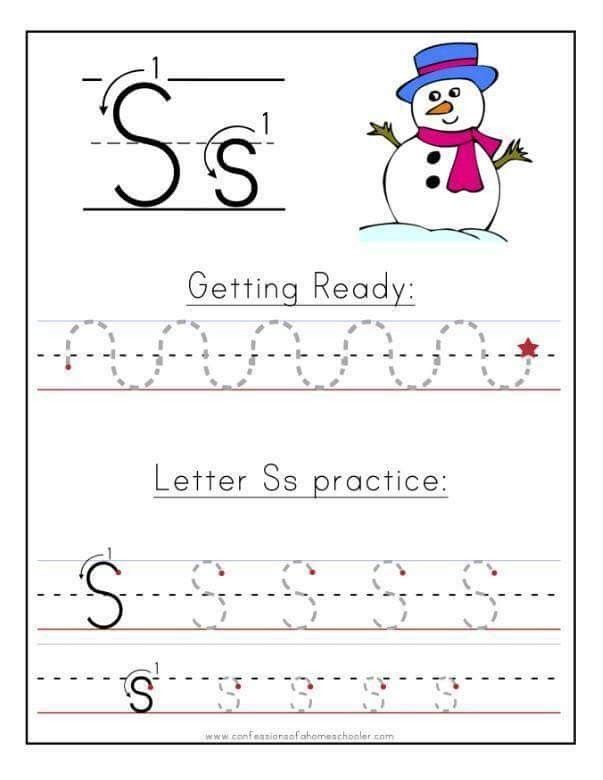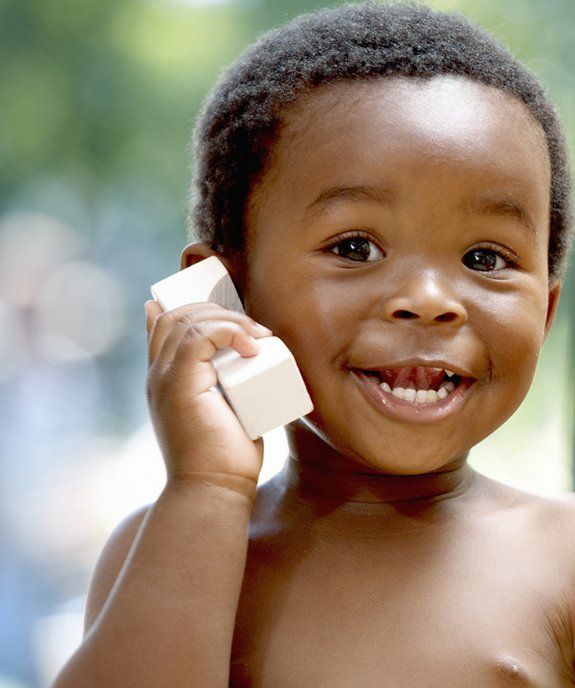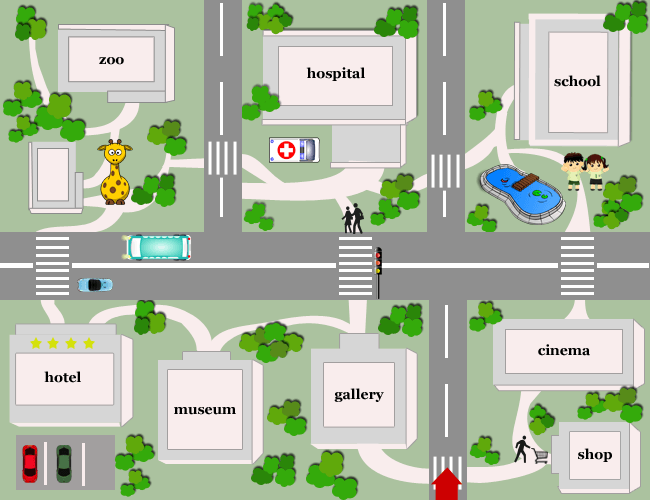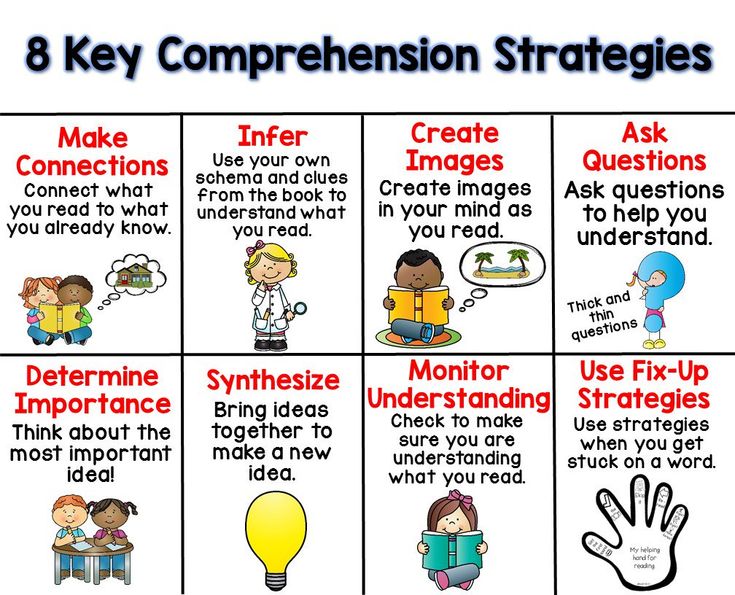Matching activity for preschoolers
17 Hands-On Matching Activities for Preschoolers
- Share
Matching is a vital skill to teach preschoolers and one that will affect their future ability to read.
Here are some fun, hands-on matching activities for preschoolers. Play them at home or at school.
What is a Matching Activity?
A matching activity is any activity or game that teaches the basic mental skill of matching – or finding something that is the same.
For a child to understand matching, they need to grasp the concepts of same and different.
Something only matches if it is identical or just the same as something else. A picture of an apple can be matched to another picture of an apple, but not to a real apple.
Children are able to start doing simple matching from around 2-and-a-half to 3 years, and they continue to build this skill through the preschool years.
Matching activities can take many forms – from searching for another identical block to make the tower taller, to weeding a vegetable patch and leaving only the lettuce in the soil.
Why is Matching Important for Preschoolers?
Learning to match is important because children must be able to discriminate between same and different before learning some of the more complex cognitive skills, such as finding common relations, grouping (sorting) and ordering (seriation and sequencing).
Matching is also a pre-reading skill. When children are learning to read at a later stage, they need to be able to observe small differences in letters such as b and d, or words like doom and wood.
How Do You Teach Preschoolers to Match?
You can teach preschoolers the concept of matching by using the correct terminology.
For example, ask your children:
- Is this just the same?
- Find me the one that is just the same.
- Show me the one that is different.
- Which one is not the same?
Play games and do activities where you match physical objects. Do not rush into doing matching worksheets as these activities are not as meaningful as physically matching concrete objects.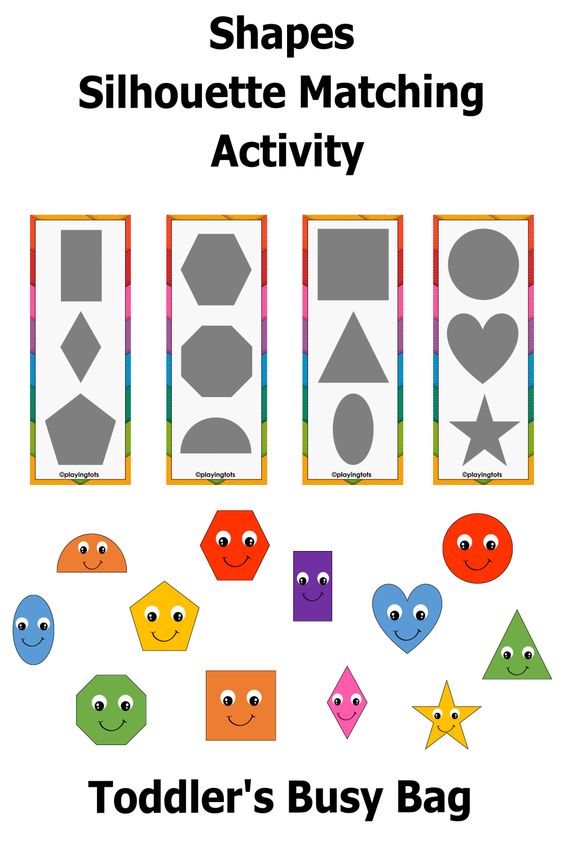
The best learning happens when you engage all the senses. Matching does not always need to be a visual activity – you can also match by sound, taste, smell and feel.
Once your kids have learned to match actual items, introduce matching pictures and use worksheets much later.
Try the activities listed in this article, but don’t miss out on spontaneous, teachable moments that pop up in your day, as we often use matching in our day-to-day life.
17 Matching Activities for Preschoolers and Toddlers
Here are some simple, hands-on matching games and activities to engage all the senses.
1. Matching Socks
Take a few pairs of socks and mix them all up. For toddlers, start with 2 or 3 pairs only.
Get your children to pair up the matching socks. Older kids can do this to a timer, then try to beat their time with another round.
2. Matching Card Games
Matching card games are found in most homes and preschools. They are made up of pairs of matching picture cards.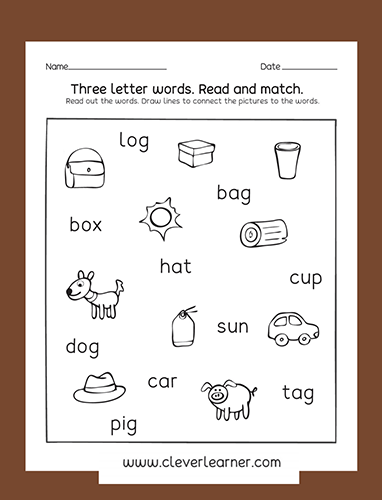
You can easily make your own by cutting a sheet of cardboard into squares and drawing or pasting matching pictures on them. Then, shuffle the cards and get your kids to match them.
Give toddlers just a few pairs and older preschoolers multiple pairs.
Would you like a set of printable matching memory cards? Download your FREE set of printables at the end of the post!
These cards are also used to play a visual memory game.
3. Colour Match
Use or make little blocks of coloured paper in pairs. These can be covered in clear contact plastic and stored in a bag to use again later. (There are also some colour cards in the memory card game in the FREE set available at the end of the post).
Challenge children to match the colours. Start toddlers on the primary colours and give preschoolers all 9 basic colours – red, green, blue, brown, yellow, orange, purple, black and white.
4. Match the Action
Stand facing your child or the class. Perform any action – such as putting one hand on your head and stamping your foot – and children must copy the action.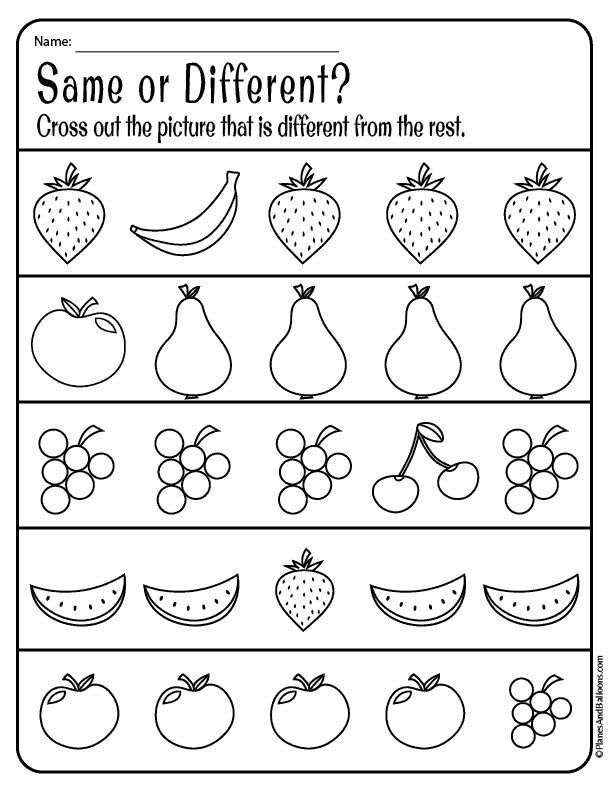
Then, swap roles and follow your child’s actions.
This is an opportunity to teach older children that your left side (arms, legs, etc.) is what they see to their right. This is a complex skill so it is ok if they just copy the action as they see it.
5. Matching Sound Jars
Use identical jars for this activity. They should not be transparent.
Fill the jars with pairs of various materials, such as 2 jars with beans, 2 jars with rice, 2 jars with lentils, etc.
Mix them and get kids to shake them, matching the pairs together.
6. Match the Pattern
Make a simple pattern with blocks. For younger children, this could be 3 blocks in a row, for older children a more complex pattern such as 2 blue blocks, 1 red block, and 2 green blocks.
They must replicate the pattern.
7. Clapping Patterns
For this hand-clapping game, you clap a simple pattern and your children must clap it back to you.
Alternate between less and more claps, long claps and quick claps in succession.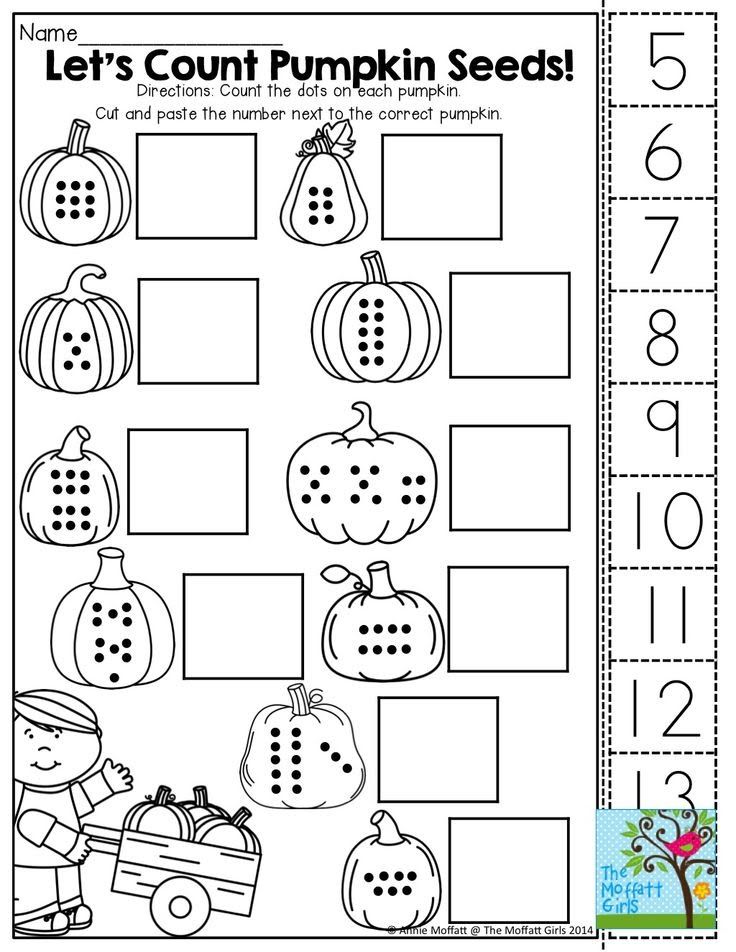
8. Weeding
Next time you are doing some gardening, get your children to help you weed the vegetable patch. They must take out anything that doesn’t look like the lettuce or whatever you have planted.
9. Pack Away
At tidy-up time, instead of throwing all the blocks into a container, sort them and put all the blocks that are identical together.
Place all blue cubes in a row on the shelf, then all the red cubes, then the green cylinders, etc.
Children actually prefer using similar blocks during construction play and they will enjoy having the different types of blocks neatly visible.
10. Sticky Partners
Use a set of stickers that have multiples of the same sticker. Take one of each kind and stick it to a cupboard door or wall.
Children must stick the matching stickers over the ones you have placed on the door.
11. Find Your Partner
This is best played in a classroom or when you have multiple children.
Place a sticker on each child’s hand. They must move around the class, finding the person who has a matching sticker on their hand.
They must move around the class, finding the person who has a matching sticker on their hand.
As the pairs find each other, they must sit down together so the remaining pairs can find each other.
12. Box Match
Print some pairs of pictures or draw some basic pictures and paste one of each onto a small box.
Children can drop the pictures into boxes that show the matching picture.
13. Touch and Feel Bag
In a bag that you can’t see through, place a few pairs of matching items, such as 2 socks, 2 pencils and 2 oranges.
Kids reach into the box and feel for the pairs and take them out, one pair at a time.
14. Choices
This is similar to the previous game but in this version, place one item in the bag (such as an orange) and show your kids three items (an orange, a banana and a pear).
They must choose which fruit matches the one they can feel in their bag.
15. Matching Smells
This is great to try with toiletries.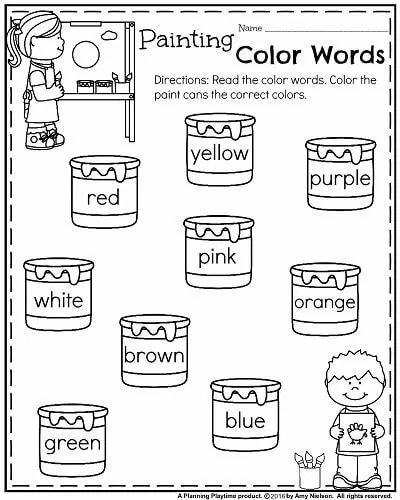 Give your kids 2 or 3 pairs of items that smell and get them to match the ones that smell the same.
Give your kids 2 or 3 pairs of items that smell and get them to match the ones that smell the same.
Try using different-smelling soap bars that look the same, or pour two different types of shower gels into small containers (2 of each kind).
16. Matching Tastes
For this activity, offer children small pieces of different varieties of apples, or even citrus fruits that look the same, and ask them to match the ones that taste the same.
17. Matching Veggies
For this activity, provide small cut-up pieces of vegetables that have the same colour, such as white veggies (turnips, potatoes, onions) or orange veggies (butternut squash, pumpkin, carrots).
Children must match the vegetables that are the same by looking carefully at the textures and variations in colour.
I hope you’ll enjoy trying out these simple preschool matching activities!
This post contains affiliate links for educational products that I personally recommend. If you purchase through one of them, I earn a commission at no extra cost to you.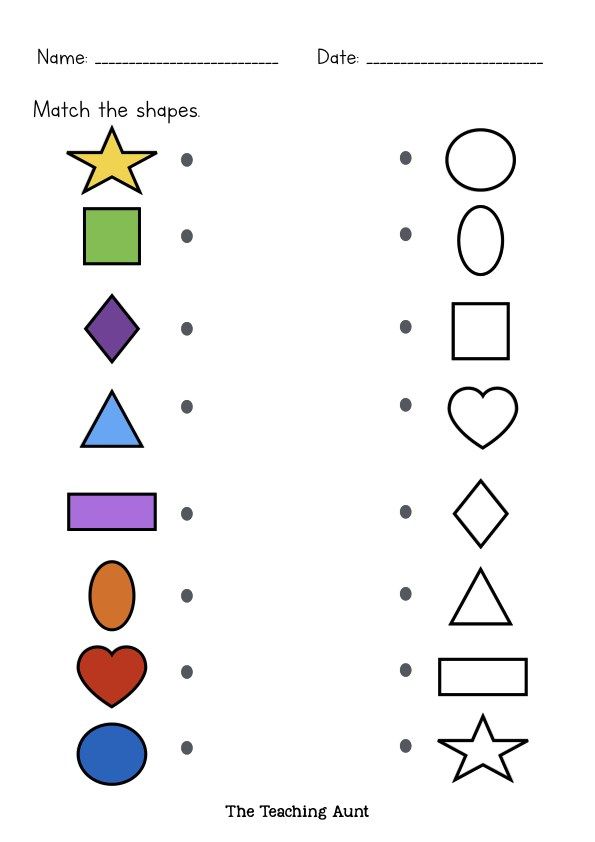 Read the terms and conditions for more details.
Read the terms and conditions for more details.
Sources:
“Total Learning: Developmental Curriculum for the Young Child”, written by Joanne Hendrick.
“The Toddler’s Busy Book”, written by Trish Kuffner.
Get FREE access to Printable Puzzles, Stories, Activity Packs and more!
Join Empowered Parents + and you’ll receive a downloadable set of printable puzzles, games and short stories, as well as the Learning Through Play Activity Pack which includes an entire year of activities for 3 to 6-year-olds.
Access is free forever.
Signing up for a free Grow account is fast and easy and will allow you to bookmark articles to read later, on this website as well as many websites worldwide that use Grow.
- Share
15 Best Matching Games And Activities For Toddlers
Simple color and object matching are some examples of sensory-play-based matching games.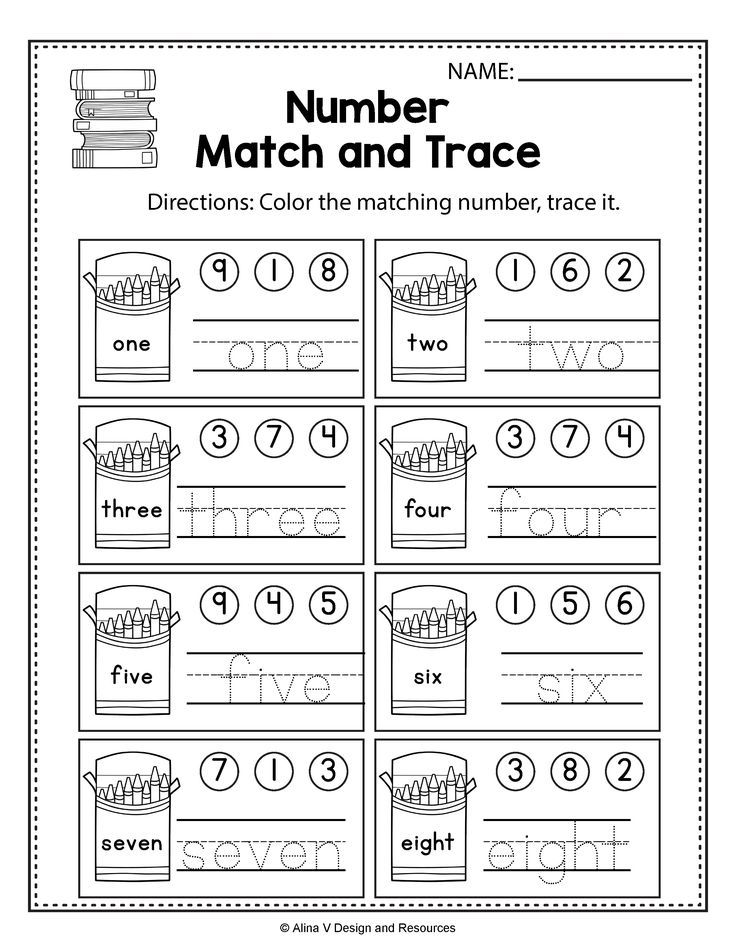
Image: iStock
Introducing engaging matching games for toddlers to your tiny tots is crucial for improving their matching skills, which is further useful for developing your child’s ability to read and understand various subjects.
Stacking identical blocks, comparing similar toys, arranging books of the same color or size, and performing other similar tasks reflect your toddler’s ability to match things. Moreover, knowing how one object matches another object is practical knowledge they can acquire by observing their surroundings. Thus, make your toddler more curious and help them learn by playing some matching games given in this post.
Why Are Matching Games Important For Toddlers?
Matching games help improve a range of concepts and various cognitive and motor skills in toddlers.
- With the help of matching games, children can learn to differentiate one object from another, which is an important skill for preschoolers.
- Matching games also help improve language skills, concentration, social skills, hand-eye coordination, and memory skills.
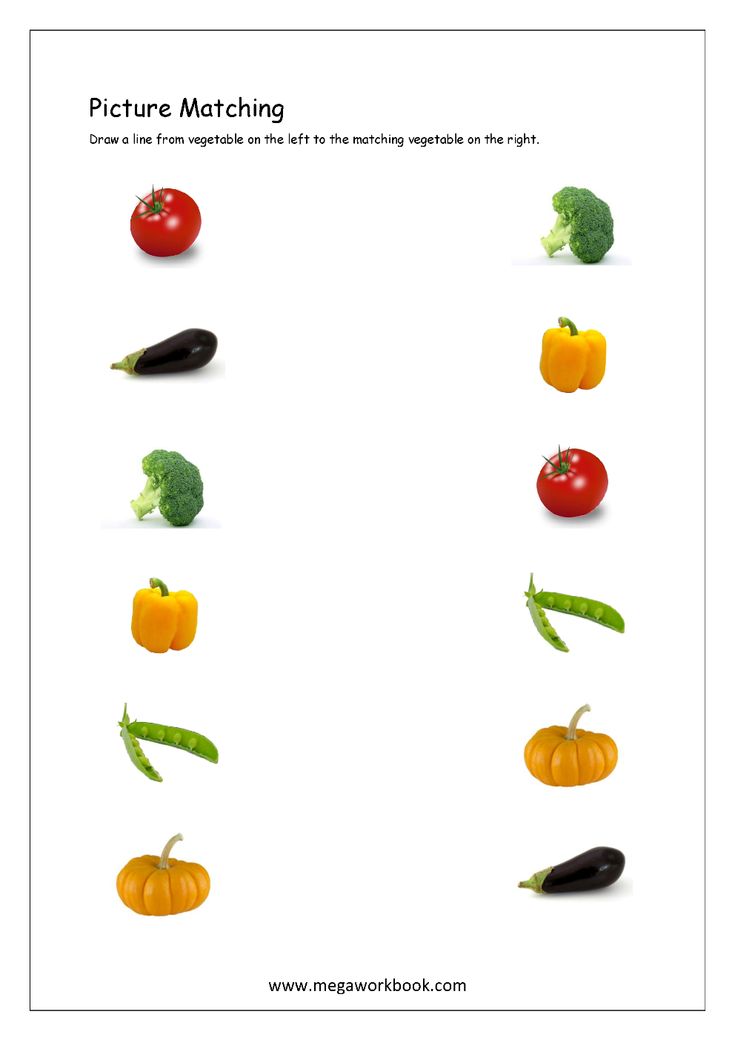
- These activities involve the usage of basic math skills, such as matching shapes, patterns while helping children learn how to recognize words and letters.
Quick fact
These games also hone a child’s problem-solving skills and help build the foundation for learning specific concepts in the future.
How To Teach Matching To A Preschooler?
- Start by using practical examples from your day-to-day life. For example, you can show the child two identical socks, puzzles, or matching cards used for activities.
- Show the child just one of each animal or food card. Help them identify the names of the different objects they see.
- Take out 2 – 4 matching pairs of cards. Ask the child to match these cards that look alike. It is better to start with fewer cards and then increase the number gradually.
- Practice this skill until they can correctly match cards.
Related: 25 Fun Games And Activities For Your 18-Month-Old Baby
15 Toddler Matching Games And Activities
1.
 Leaf matching game
Leaf matching gameImage: Shutterstock
You will need a few colorful leaves in sets of two for this color matching activity. Paste the individual leaves onto different sheets of paper and place them in front of your little one, flipped down. You can also join in this activity and take turns flipping the cards over one by one to find a match. The one who can find the most number of matches wins this memory game.
2. Matching sticks game
This simple yet perfect game keeps little ones occupied. In this matching activity, colored popsicle sticks may be used to form identical patterns. You can also use a printable template as a reference for stick’s shape and color.
3. Shape puzzles
Trace some basic shapes onto a piece of cardboard and again on a separate colored piece of paper. Cut out these pieces and mix them. Allow your child to pick one piece from the puzzle and find its corresponding piece from the lot. As they perform this activity, it can help them improve their observational skills and attention span.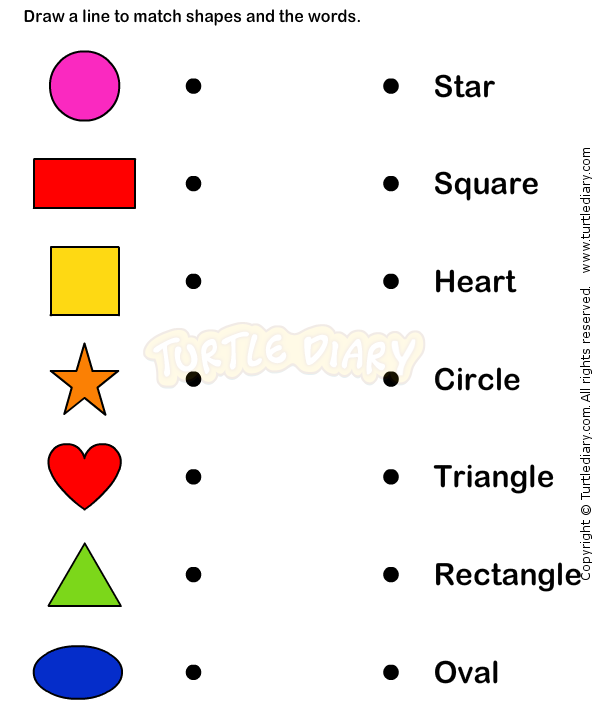
4. Pom pom matching game
To play this memory game, open a bag of pom-poms and sit across your little one. Then take turns to find matches of pom-poms of the same size and shape. You can also make a line with masking tape to place the pom poms in a row.
Related: 30 Best Toddler Birthday Party Games Ideas To Have Fun
5. Halloween matching game
To prepare for this interesting card game, cut out a few Halloween pictures and shapes in duplicates. Glue one set of duplicates onto white cardboard and keep the other set for the children. Let them match the loose set using the ones stuck to the cardboard as a reference.
Point to consider
You may also try Halloween printables or online Halloween matching games.
6. Mitten matching activity
Image: IStock
For this adorable game, you will need a few sheets of colored and patterned paper, small plastic clothespins, and a mitten template. Select bright and eye-catching colors and patterns of sheets and cut out a few paper mittens from them in sets of two.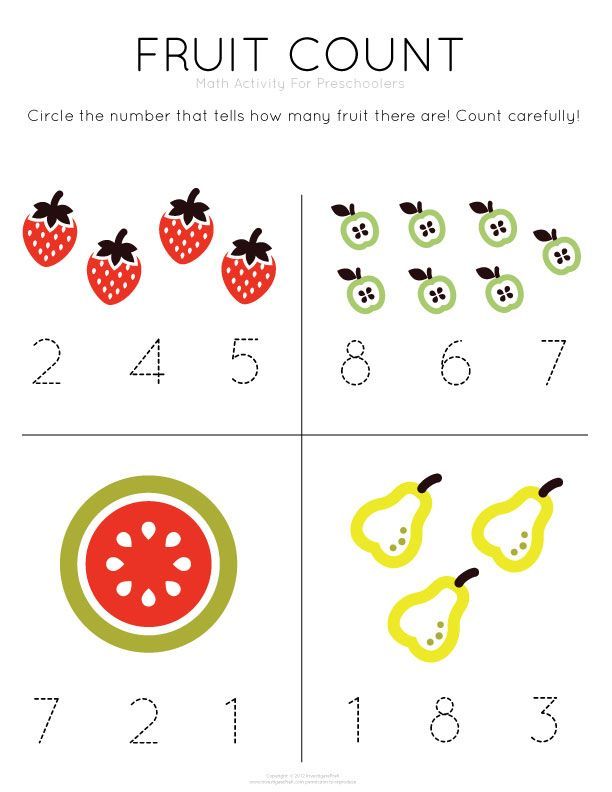 Now mix all the pieces up and hand them over to your little one to match. They can use the clothespins to hold the matched pair together.
Now mix all the pieces up and hand them over to your little one to match. They can use the clothespins to hold the matched pair together.
7. Touch and match
For this activity, you will need a few cardboard pieces, different types of textured papers (wallpaper scraps, felt scraps, cotton pads, bubble wraps, etc.), and scissors. First, cut out cardboard pieces of your preferred size and the textured pieces. These pieces must be smaller than the cardboard pieces. Next, make memory cards with each of the textures. Spread the cards on the floor and let your children explore them freely. Later, let them match the cards having the same texture. This activity can help boost memory skills in children.
Related: 25 Fun Loving Outdoor Activities And Games For Toddlers
8. Jar lid letter matching
You would need some foam letter stickers and a few jar lids for this wonderful game. Peel and stick letters into the insides of the jar lids. You can do lower case and uppercase letters where your little one would have to find the corresponding pieces (if given an uppercase letter, they have to find the lower case of that corresponding letter and vice versa).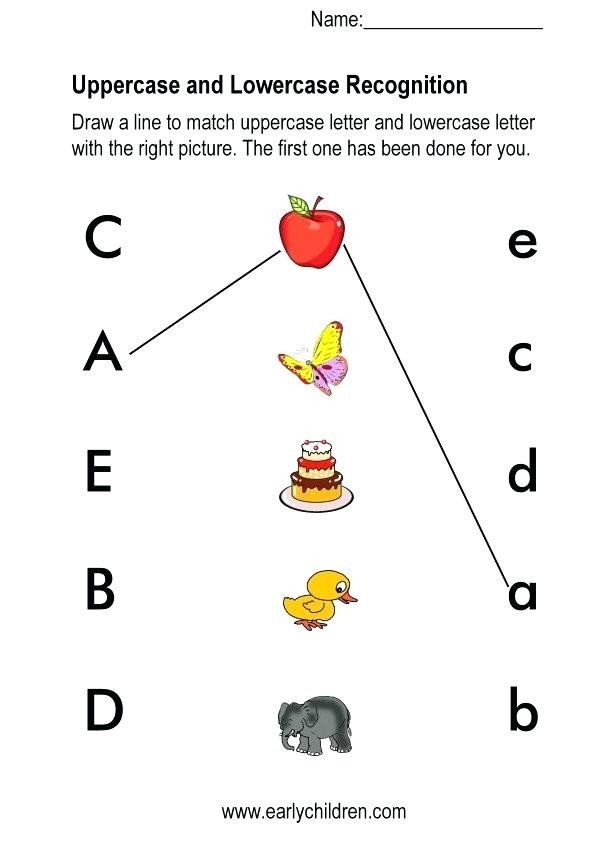 It is better to keep the lids faced down while searching for the match they are looking for. This would also add an element of surprise.
It is better to keep the lids faced down while searching for the match they are looking for. This would also add an element of surprise.
9. Pattern matching
This is a fun game for toddlers, with great cognitive benefits. You will need some foam circles, permanent markers, and a pair of scissors. Draw some patterns on the circles and cut them in half. Place one half of the set out and the other half as a pile beside them from where they can search for the matches.
10. Clothespin color match
Image: IStock
This is a cooperative game. Take out your collection of colorful clothespins, get some markers, and find any piece of cardboard or paper. Color some spots with markers corresponding to the color of the clothespins on the edge of the cardboard or the paper. You can customize the cardboard in any way you like. Let your child try and match the clothespin with the matching color mentioned on the board. This is the perfect game for you to discuss the concepts of primary and secondary colors.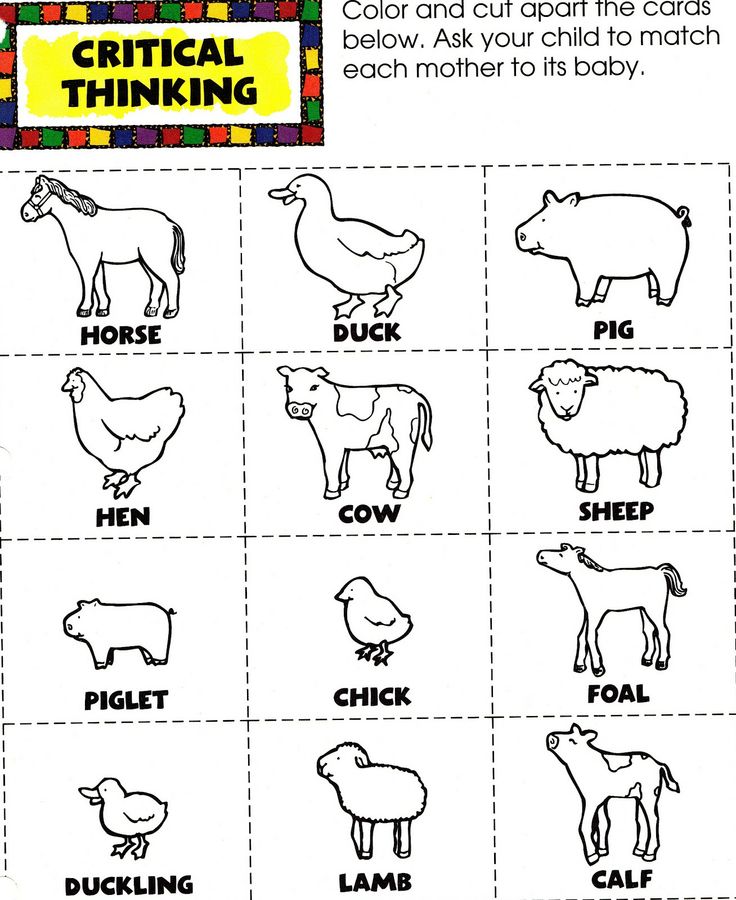
Related: Top 10 Thanksgiving Games For Preschoolers/Toddlers
11. Matching sensory activity
Bury a few objects in a box filled with rice, sand, or any other base of your choice. You can select objects like toys of various shapes and sizes but in sets of two. Keep one set beside the box as a reference to what they are searching for in the box. Now, let the child start hunting for toys identical to the one outside.
Quick tip
Coin matching and math matching help improve your child’s memory and mathematical skills.
12. Touch and feel the bag
Take an opaque bag and place a few objects inside it (in pairs). Let your little one rustle through the bag and find the pairs by just feeling their shape and using their intuition.
13. Sticky partners
Use a set of stickers available in multiples for this colorful game. Take one of each kind and stick it to a cupboard door or wall. Let your child stick the matching stickers beside the ones you have placed. You can also invite your child’s friends and add 2-4 players for this game. It can be an interesting idea for a little playdate.
You can also invite your child’s friends and add 2-4 players for this game. It can be an interesting idea for a little playdate.
14. Matching sound jars
Fill some opaque jars with various items such as rice, cereals, beans, and candies. Mix them well and ask your child to shake them. They can use their memory skills to match the jars that produce identical sounds.
15. Pack away
Image: IStock
You can conduct this simple game while sorting out your little one’s toys and belongings. Instead of throwing all the blocks together into the container in a haphazard manner, ask your child to help you sort all the identical blocks according to their colors and shapes to place them together.
It is essential for you to introduce your children to a variety of games and activities, as these are an important part of childhood learning. So, as your baby grows, introducing them to these matching games for toddlers can be a great idea. These games will improve their language skills, memory, and math skills.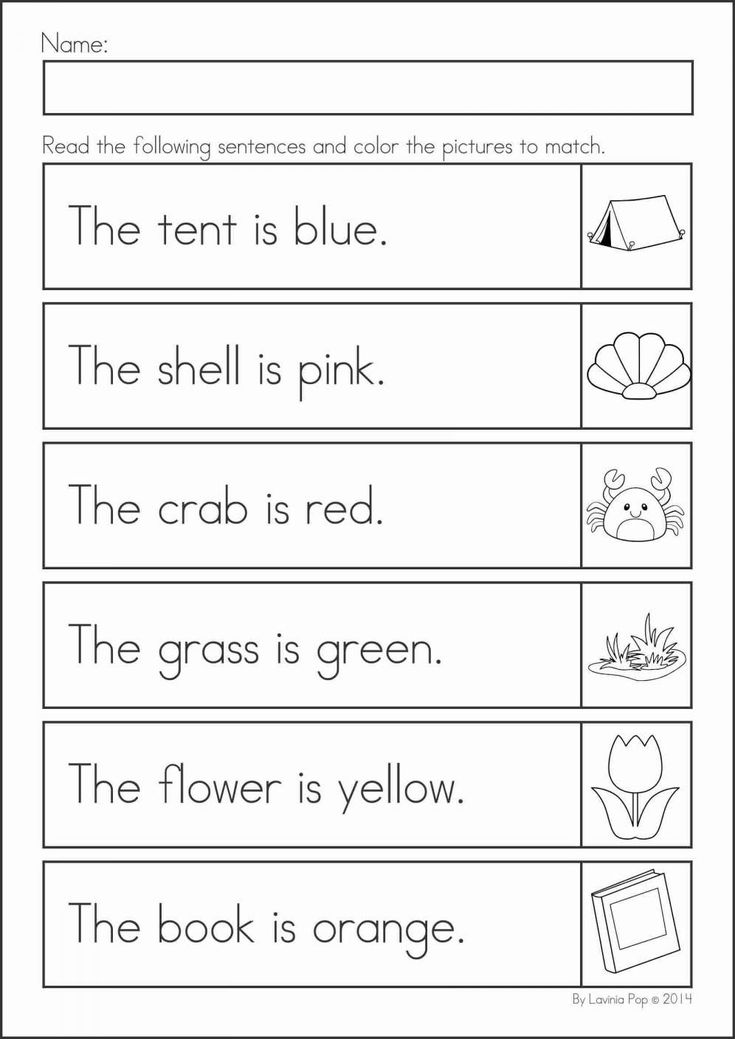 To teach them matching, you can use animal or food cards. You may also plan simple activities such as shape puzzles and pattern matching. Furthermore, get innovative and use these activities during family nights to create a wholesome learning experience for your child.
To teach them matching, you can use animal or food cards. You may also plan simple activities such as shape puzzles and pattern matching. Furthermore, get innovative and use these activities during family nights to create a wholesome learning experience for your child.
Key Pointers
- Matching games such as shape puzzles and mitten matching activities improve observation, recognition, and mathematical skills.
- Start small and increase the number of pieces as your child gains expertise.
- You may use household items such as clothespins, jar lids, pom poms, or leaves for matching games.
References:
MomJunction's articles are written after analyzing the research works of expert authors and institutions. Our references consist of resources established by authorities in their respective fields. You can learn more about the authenticity of the information we present in our editorial policy.
- Matching and sorting
https://www.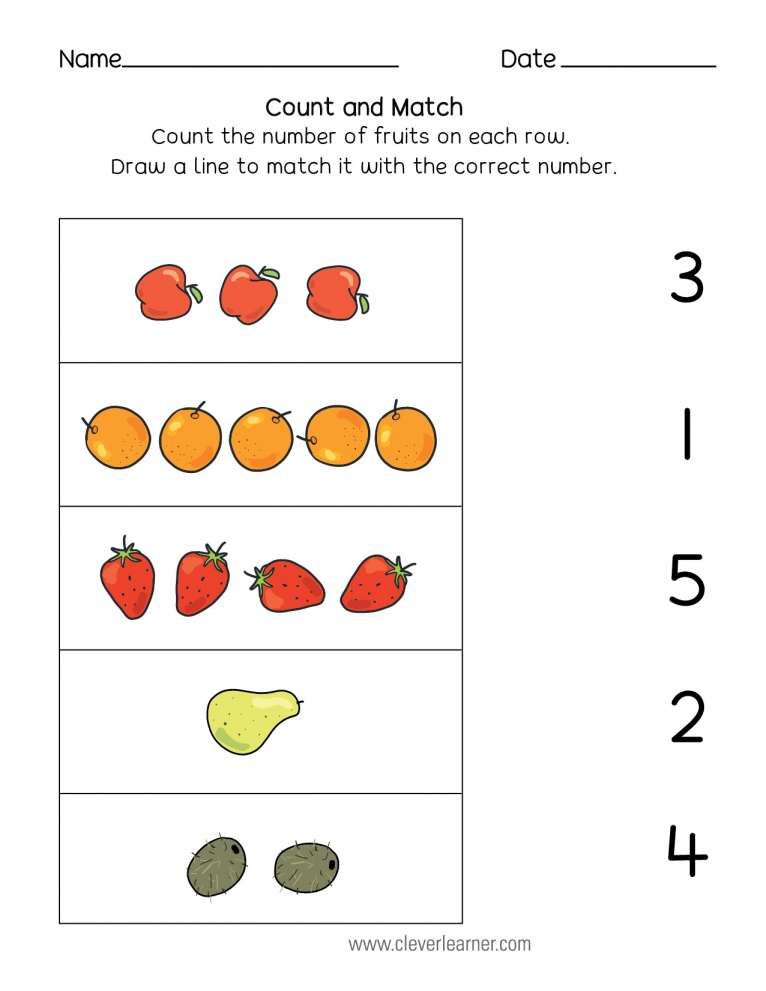 cmsdev.theocn.org/sites/default/files/file/adult-social-care-providers/matchingandsorting.pdf
cmsdev.theocn.org/sites/default/files/file/adult-social-care-providers/matchingandsorting.pdf - Learning English With Your Children and Teens: Making and Playing Games to Practice English
https://iowareadingresearch.org/blog/learning-english-games-practice-english
The following two tabs change content below.
- Author
Conditions for the formation of a value attitude towards nature in preschool children
%PDF-1.5 % 10 obj > /Metadata 4 0 R >> endobj 5 0 obj /Title >> endobj 20 obj > endobj 3 0 obj > endobj 40 obj > stream
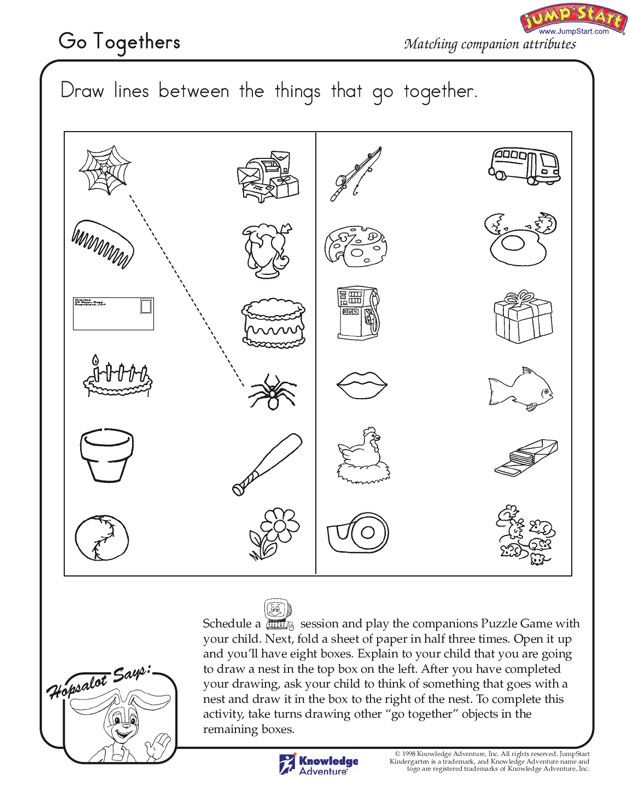 4 841.8] /Contents[101 0 R 102 0 R 103 0 R] /group> /Tabs /S /StructParents 0 /Annots [104 0R] >> endobj 70 obj > /ProcSet [/PDF /Text /ImageB /ImageC /ImageI] >> /MediaBox [0 0 595.4 841.8] /Contents 105 0 R /group> /Tabs /S /StructParents 12 >> endobj 80 obj > /ProcSet [/PDF /Text /ImageB /ImageC /ImageI] >> /MediaBox [0 0 595.4 841.8] /Contents 106 0 R /group> /Tabs /S /StructParents 13 >> endobj 9 0 obj > /ProcSet [/PDF /Text /ImageB /ImageC /ImageI] >> /MediaBox[0 0 595.4 841.8] /Contents 107 0 R /group> /Tabs /S /StructParents 14 >> endobj 10 0 obj > /ProcSet [/PDF /Text /ImageB /ImageC /ImageI] >> /MediaBox [0 0 595.4 841.8] /Contents 109 0 R /group> /Tabs /S /StructParents 15 >> endobj 11 0 obj > /ProcSet [/PDF /Text /ImageB /ImageC /ImageI] >> /MediaBox [0 0 595.4 841.8] /Contents 111 0 R /group> /Tabs /S /StructParents 16 >> endobj 12 0 obj > /ProcSet [/PDF /Text /ImageB /ImageC /ImageI] >> /MediaBox[0 0 595.4 841.8] /Contents 112 0 R /group> /Tabs /S /StructParents 17 >> endobj 13 0 obj > /ProcSet [/PDF /Text /ImageB /ImageC /ImageI] >> /MediaBox [0 0 595.
4 841.8] /Contents[101 0 R 102 0 R 103 0 R] /group> /Tabs /S /StructParents 0 /Annots [104 0R] >> endobj 70 obj > /ProcSet [/PDF /Text /ImageB /ImageC /ImageI] >> /MediaBox [0 0 595.4 841.8] /Contents 105 0 R /group> /Tabs /S /StructParents 12 >> endobj 80 obj > /ProcSet [/PDF /Text /ImageB /ImageC /ImageI] >> /MediaBox [0 0 595.4 841.8] /Contents 106 0 R /group> /Tabs /S /StructParents 13 >> endobj 9 0 obj > /ProcSet [/PDF /Text /ImageB /ImageC /ImageI] >> /MediaBox[0 0 595.4 841.8] /Contents 107 0 R /group> /Tabs /S /StructParents 14 >> endobj 10 0 obj > /ProcSet [/PDF /Text /ImageB /ImageC /ImageI] >> /MediaBox [0 0 595.4 841.8] /Contents 109 0 R /group> /Tabs /S /StructParents 15 >> endobj 11 0 obj > /ProcSet [/PDF /Text /ImageB /ImageC /ImageI] >> /MediaBox [0 0 595.4 841.8] /Contents 111 0 R /group> /Tabs /S /StructParents 16 >> endobj 12 0 obj > /ProcSet [/PDF /Text /ImageB /ImageC /ImageI] >> /MediaBox[0 0 595.4 841.8] /Contents 112 0 R /group> /Tabs /S /StructParents 17 >> endobj 13 0 obj > /ProcSet [/PDF /Text /ImageB /ImageC /ImageI] >> /MediaBox [0 0 595.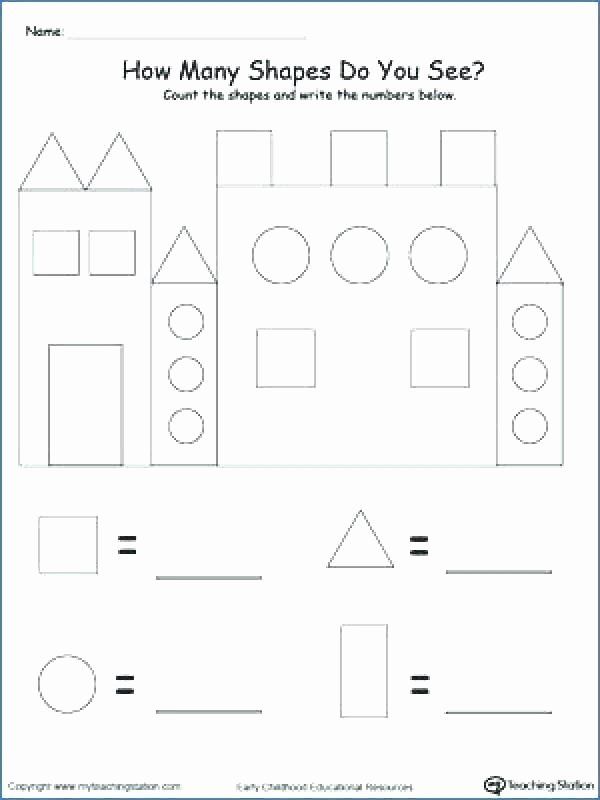 4 841.8] /Contents 113 0 R /group> /Tabs /S /StructParents 18 >> endobj 14 0 obj > /ProcSet [/PDF /Text /ImageB /ImageC /ImageI] >> /MediaBox [0 0 595.4 841.8] /Contents 114 0 R /group> /Tabs /S /StructParents 19 >> endobj 15 0 obj > /ProcSet [/PDF /Text /ImageB /ImageC /ImageI] >> /MediaBox[0 0 595.4 841.8] /Contents 115 0 R /group> /Tabs /S /StructParents 20 >> endobj 16 0 obj > /ProcSet [/PDF /Text /ImageB /ImageC /ImageI] >> /MediaBox [0 0 595.4 841.8] /Contents 116 0 R /group> /Tabs /S /StructParents 21 >> endobj 17 0 obj > /ProcSet [/PDF /Text /ImageB /ImageC /ImageI] >> /MediaBox [0 0 595.4 841.8] /Contents 117 0 R /group> /Tabs /S /StructParents 22 >> endobj 18 0 obj > /ProcSet [/PDF /Text /ImageB /ImageC /ImageI] >> /MediaBox[0 0 595.4 841.8] /Contents 118 0R /group> /Tabs /S /StructParents 23 >> endobj 19 0 obj > /ProcSet [/PDF /Text /ImageB /ImageC /ImageI] >> /MediaBox [0 0 595.4 841.8] /Contents 119 0 R /group> /Tabs /S /StructParents 24 >> endobj 20 0 obj > /ProcSet [/PDF /Text /ImageB /ImageC /ImageI] >> /MediaBox [0 0 595.
4 841.8] /Contents 113 0 R /group> /Tabs /S /StructParents 18 >> endobj 14 0 obj > /ProcSet [/PDF /Text /ImageB /ImageC /ImageI] >> /MediaBox [0 0 595.4 841.8] /Contents 114 0 R /group> /Tabs /S /StructParents 19 >> endobj 15 0 obj > /ProcSet [/PDF /Text /ImageB /ImageC /ImageI] >> /MediaBox[0 0 595.4 841.8] /Contents 115 0 R /group> /Tabs /S /StructParents 20 >> endobj 16 0 obj > /ProcSet [/PDF /Text /ImageB /ImageC /ImageI] >> /MediaBox [0 0 595.4 841.8] /Contents 116 0 R /group> /Tabs /S /StructParents 21 >> endobj 17 0 obj > /ProcSet [/PDF /Text /ImageB /ImageC /ImageI] >> /MediaBox [0 0 595.4 841.8] /Contents 117 0 R /group> /Tabs /S /StructParents 22 >> endobj 18 0 obj > /ProcSet [/PDF /Text /ImageB /ImageC /ImageI] >> /MediaBox[0 0 595.4 841.8] /Contents 118 0R /group> /Tabs /S /StructParents 23 >> endobj 19 0 obj > /ProcSet [/PDF /Text /ImageB /ImageC /ImageI] >> /MediaBox [0 0 595.4 841.8] /Contents 119 0 R /group> /Tabs /S /StructParents 24 >> endobj 20 0 obj > /ProcSet [/PDF /Text /ImageB /ImageC /ImageI] >> /MediaBox [0 0 595.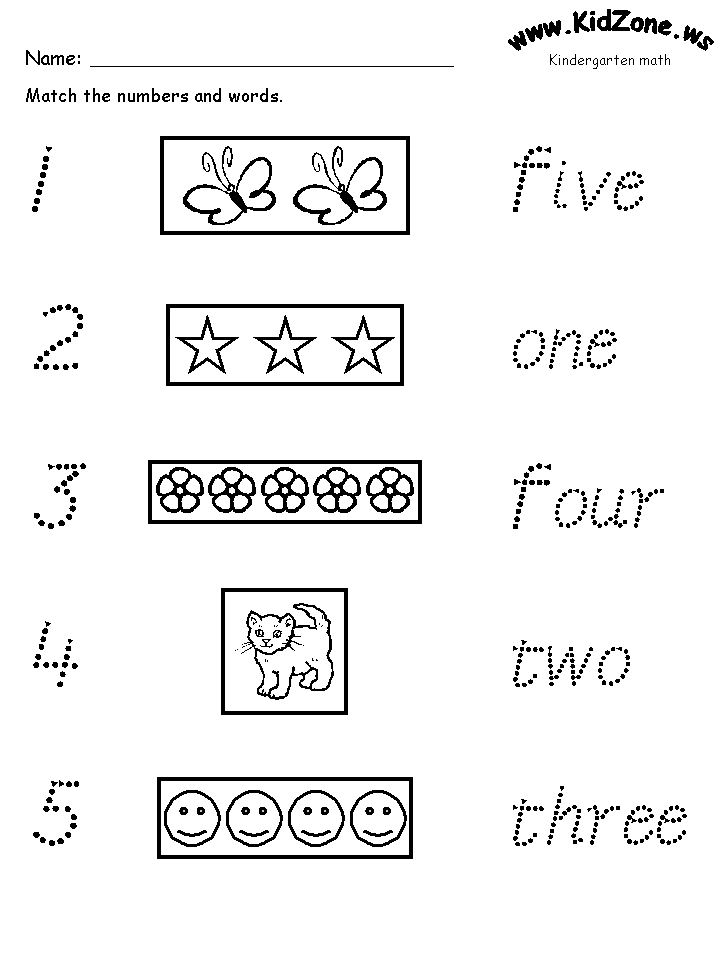 4 841.8] /Contents 120 0 R /group> /Tabs /S /StructParents 25 >> endobj 21 0 obj > /ProcSet [/PDF /Text /ImageB /ImageC /ImageI] >> /MediaBox[0 0 595.4 841.8] /Contents 121 0R /group> /Tabs /S /StructParents 26 >> endobj 22 0 obj > /ProcSet [/PDF /Text /ImageB /ImageC /ImageI] >> /MediaBox [0 0 595.4 841.8] /Contents 122 0 R /group> /Tabs /S /StructParents 27 >> endobj 23 0 obj > /ProcSet [/PDF /Text /ImageB /ImageC /ImageI] >> /MediaBox [0 0 595.4 841.8] /Contents 123 0R /group> /Tabs /S /StructParents 28 >> endobj 24 0 obj > /ProcSet [/PDF /Text /ImageB /ImageC /ImageI] >> /MediaBox[0 0 595.4 841.8] /Contents 124 0 R /group> /Tabs /S /StructParents 29 >> endobj 25 0 obj > /ProcSet [/PDF /Text /ImageB /ImageC /ImageI] >> /MediaBox [0 0 595.4 841.8] /Contents 125 0 R /group> /Tabs /S /StructParents 30 >> endobj 26 0 obj > /ProcSet [/PDF /Text /ImageB /ImageC /ImageI] >> /MediaBox [0 0 595.4 841.8] /Contents 126 0 R /group> /Tabs /S /StructParents 31 >> endobj 27 0 obj > /ProcSet [/PDF /Text /ImageB /ImageC /ImageI] >> /MediaBox[0 0 595.
4 841.8] /Contents 120 0 R /group> /Tabs /S /StructParents 25 >> endobj 21 0 obj > /ProcSet [/PDF /Text /ImageB /ImageC /ImageI] >> /MediaBox[0 0 595.4 841.8] /Contents 121 0R /group> /Tabs /S /StructParents 26 >> endobj 22 0 obj > /ProcSet [/PDF /Text /ImageB /ImageC /ImageI] >> /MediaBox [0 0 595.4 841.8] /Contents 122 0 R /group> /Tabs /S /StructParents 27 >> endobj 23 0 obj > /ProcSet [/PDF /Text /ImageB /ImageC /ImageI] >> /MediaBox [0 0 595.4 841.8] /Contents 123 0R /group> /Tabs /S /StructParents 28 >> endobj 24 0 obj > /ProcSet [/PDF /Text /ImageB /ImageC /ImageI] >> /MediaBox[0 0 595.4 841.8] /Contents 124 0 R /group> /Tabs /S /StructParents 29 >> endobj 25 0 obj > /ProcSet [/PDF /Text /ImageB /ImageC /ImageI] >> /MediaBox [0 0 595.4 841.8] /Contents 125 0 R /group> /Tabs /S /StructParents 30 >> endobj 26 0 obj > /ProcSet [/PDF /Text /ImageB /ImageC /ImageI] >> /MediaBox [0 0 595.4 841.8] /Contents 126 0 R /group> /Tabs /S /StructParents 31 >> endobj 27 0 obj > /ProcSet [/PDF /Text /ImageB /ImageC /ImageI] >> /MediaBox[0 0 595.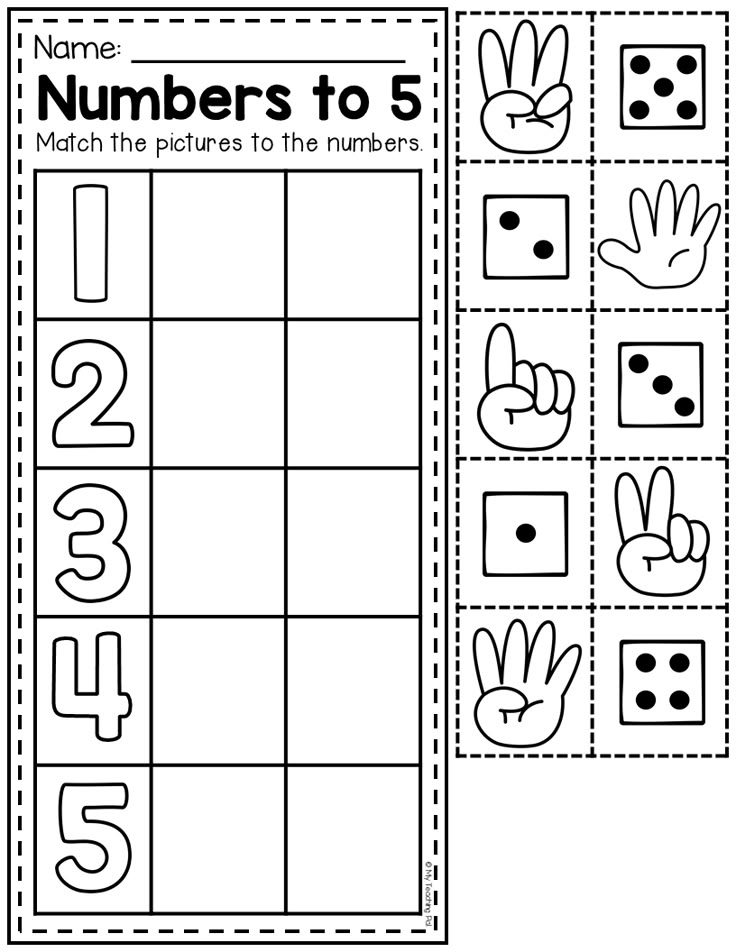 4 841.8] /Contents 127 0 R /group> /Tabs /S /StructParents 32 >> endobj 28 0 obj > /ProcSet [/PDF /Text /ImageB /ImageC /ImageI] >> /MediaBox [0 0 595.4 841.8] /Contents 128 0 R /group> /Tabs /S /StructParents 33 >> endobj 29 0 obj > /ProcSet [/PDF /Text /ImageB /ImageC /ImageI] >> /MediaBox [0 0 595.4 841.8] /Contents 129 0 R /group> /Tabs /S /StructParents 34 >> endobj 30 0 obj > /ProcSet [/PDF /Text /ImageB /ImageC /ImageI] >> /MediaBox[0 0 595.4 841.8] /Contents 130 0 R /group> /Tabs /S /StructParents 35 >> endobj 31 0 obj > /ProcSet [/PDF /Text /ImageB /ImageC /ImageI] >> /MediaBox [0 0 595.4 841.8] /Contents 132 0 R /group> /Tabs /S /StructParents 36 >> endobj 32 0 obj > /ProcSet [/PDF /Text /ImageB /ImageC /ImageI] >> /MediaBox [0 0 595.4 841.8] /Contents 133 0 R /group> /Tabs /S /StructParents 37 >> endobj 33 0 obj > /ProcSet [/PDF /Text /ImageB /ImageC /ImageI] >> /MediaBox[0 0 595.4 841.8] /Contents 134 0R /group> /Tabs /S /StructParents 38 >> endobj 34 0 obj > /ProcSet [/PDF /Text /ImageB /ImageC /ImageI] >> /MediaBox [0 0 595.
4 841.8] /Contents 127 0 R /group> /Tabs /S /StructParents 32 >> endobj 28 0 obj > /ProcSet [/PDF /Text /ImageB /ImageC /ImageI] >> /MediaBox [0 0 595.4 841.8] /Contents 128 0 R /group> /Tabs /S /StructParents 33 >> endobj 29 0 obj > /ProcSet [/PDF /Text /ImageB /ImageC /ImageI] >> /MediaBox [0 0 595.4 841.8] /Contents 129 0 R /group> /Tabs /S /StructParents 34 >> endobj 30 0 obj > /ProcSet [/PDF /Text /ImageB /ImageC /ImageI] >> /MediaBox[0 0 595.4 841.8] /Contents 130 0 R /group> /Tabs /S /StructParents 35 >> endobj 31 0 obj > /ProcSet [/PDF /Text /ImageB /ImageC /ImageI] >> /MediaBox [0 0 595.4 841.8] /Contents 132 0 R /group> /Tabs /S /StructParents 36 >> endobj 32 0 obj > /ProcSet [/PDF /Text /ImageB /ImageC /ImageI] >> /MediaBox [0 0 595.4 841.8] /Contents 133 0 R /group> /Tabs /S /StructParents 37 >> endobj 33 0 obj > /ProcSet [/PDF /Text /ImageB /ImageC /ImageI] >> /MediaBox[0 0 595.4 841.8] /Contents 134 0R /group> /Tabs /S /StructParents 38 >> endobj 34 0 obj > /ProcSet [/PDF /Text /ImageB /ImageC /ImageI] >> /MediaBox [0 0 595.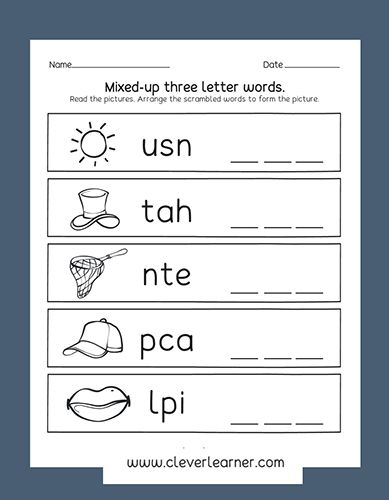 4 841.8] /Contents 135 0 R /group> /Tabs /S /StructParents 39 >> endobj 35 0 obj > /ProcSet [/PDF /Text /ImageB /ImageC /ImageI] >> /MediaBox [0 0 595.4 841.8] /Contents 136 0 R /group> /Tabs /S /StructParents 40 >> endobj 36 0 obj > /ProcSet [/PDF /Text /ImageB /ImageC /ImageI] >> /MediaBox[0 0 595.4 841.8] /Contents 137 0R /group> /Tabs /S /StructParents 41 >> endobj 37 0 obj > /ProcSet [/PDF /Text /ImageB /ImageC /ImageI] >> /MediaBox [0 0 595.4 841.8] /Contents 138 0R /group> /Tabs /S /StructParents 42 >> endobj 38 0 obj > /ProcSet [/PDF /Text /ImageB /ImageC /ImageI] >> /MediaBox [0 0 595.4 841.8] /Contents 139 0 R /group> /Tabs /S /StructParents 43 >> endobj 39 0 obj > /ProcSet [/PDF /Text /ImageB /ImageC /ImageI] >> /MediaBox[0 0 595.4 841.8] /Contents 140 0 R /group> /Tabs /S /StructParents 44 >> endobj 40 0 obj > /ProcSet [/PDF /Text /ImageB /ImageC /ImageI] >> /MediaBox [0 0 595.4 841.8] /Contents 141 0 R /group> /Tabs /S /StructParents 45 >> endobj 41 0 obj > /ProcSet [/PDF /Text /ImageB /ImageC /ImageI] >> /MediaBox [0 0 595.
4 841.8] /Contents 135 0 R /group> /Tabs /S /StructParents 39 >> endobj 35 0 obj > /ProcSet [/PDF /Text /ImageB /ImageC /ImageI] >> /MediaBox [0 0 595.4 841.8] /Contents 136 0 R /group> /Tabs /S /StructParents 40 >> endobj 36 0 obj > /ProcSet [/PDF /Text /ImageB /ImageC /ImageI] >> /MediaBox[0 0 595.4 841.8] /Contents 137 0R /group> /Tabs /S /StructParents 41 >> endobj 37 0 obj > /ProcSet [/PDF /Text /ImageB /ImageC /ImageI] >> /MediaBox [0 0 595.4 841.8] /Contents 138 0R /group> /Tabs /S /StructParents 42 >> endobj 38 0 obj > /ProcSet [/PDF /Text /ImageB /ImageC /ImageI] >> /MediaBox [0 0 595.4 841.8] /Contents 139 0 R /group> /Tabs /S /StructParents 43 >> endobj 39 0 obj > /ProcSet [/PDF /Text /ImageB /ImageC /ImageI] >> /MediaBox[0 0 595.4 841.8] /Contents 140 0 R /group> /Tabs /S /StructParents 44 >> endobj 40 0 obj > /ProcSet [/PDF /Text /ImageB /ImageC /ImageI] >> /MediaBox [0 0 595.4 841.8] /Contents 141 0 R /group> /Tabs /S /StructParents 45 >> endobj 41 0 obj > /ProcSet [/PDF /Text /ImageB /ImageC /ImageI] >> /MediaBox [0 0 595.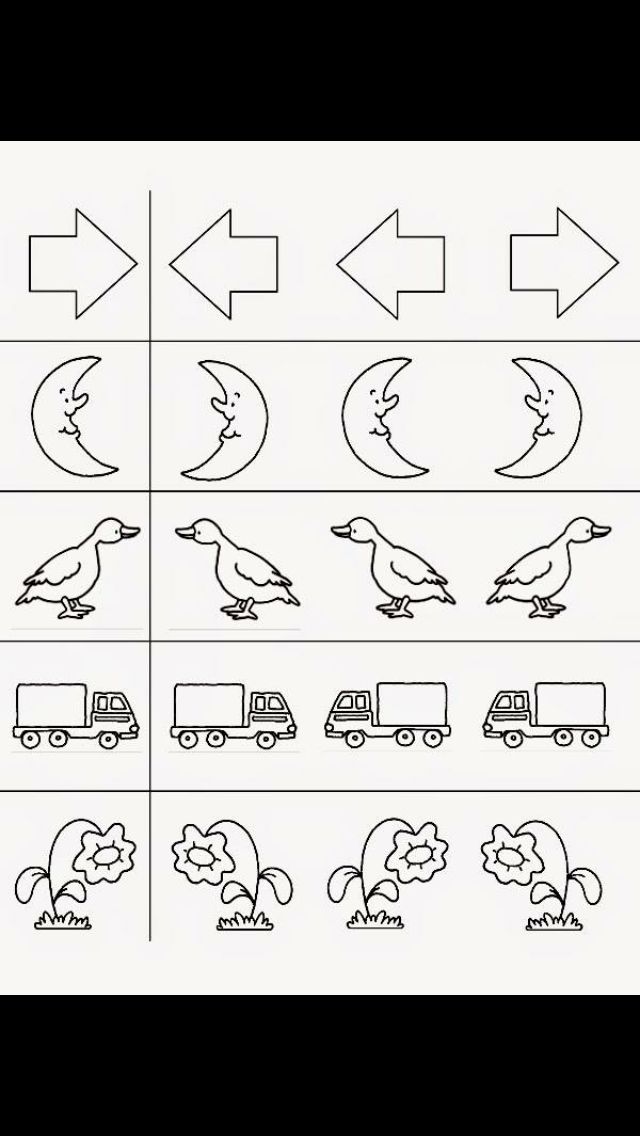 4 841.8] /Contents 142 0R /group> /Tabs /S /StructParents 46 >> endobj 42 0 obj > /ProcSet [/PDF /Text /ImageB /ImageC /ImageI] >> /MediaBox[0 0 595.4 841.8] /Contents 143 0 R /group> /Tabs /S /StructParents 47 >> endobj 43 0 obj > /ProcSet [/PDF /Text /ImageB /ImageC /ImageI] >> /MediaBox [0 0 595.4 841.8] /Contents 144 0 R /group> /Tabs /S /StructParents 48 >> endobj 44 0 obj > /ProcSet [/PDF /Text /ImageB /ImageC /ImageI] >> /MediaBox [0 0 595.4 841.8] /Contents 145 0 R /group> /Tabs /S /StructParents 49 >> endobj 45 0 obj > /ProcSet [/PDF /Text /ImageB /ImageC /ImageI] >> /MediaBox[0 0 595.4 841.8] /Contents 146 0 R /group> /Tabs /S /StructParents 50 >> endobj 46 0 obj > /ProcSet [/PDF /Text /ImageB /ImageC /ImageI] >> /MediaBox [0 0 595.4 841.8] /Contents 148 0 R /group> /Tabs /S /StructParents 51 >> endobj 47 0 obj > /ProcSet [/PDF /Text /ImageB /ImageC /ImageI] >> /MediaBox [0 0 595.4 841.8] /Contents 149 0 R /group> /Tabs /S /StructParents 52 >> endobj 48 0 obj > /ProcSet [/PDF /Text /ImageB /ImageC /ImageI] >> /MediaBox[0 0 595.
4 841.8] /Contents 142 0R /group> /Tabs /S /StructParents 46 >> endobj 42 0 obj > /ProcSet [/PDF /Text /ImageB /ImageC /ImageI] >> /MediaBox[0 0 595.4 841.8] /Contents 143 0 R /group> /Tabs /S /StructParents 47 >> endobj 43 0 obj > /ProcSet [/PDF /Text /ImageB /ImageC /ImageI] >> /MediaBox [0 0 595.4 841.8] /Contents 144 0 R /group> /Tabs /S /StructParents 48 >> endobj 44 0 obj > /ProcSet [/PDF /Text /ImageB /ImageC /ImageI] >> /MediaBox [0 0 595.4 841.8] /Contents 145 0 R /group> /Tabs /S /StructParents 49 >> endobj 45 0 obj > /ProcSet [/PDF /Text /ImageB /ImageC /ImageI] >> /MediaBox[0 0 595.4 841.8] /Contents 146 0 R /group> /Tabs /S /StructParents 50 >> endobj 46 0 obj > /ProcSet [/PDF /Text /ImageB /ImageC /ImageI] >> /MediaBox [0 0 595.4 841.8] /Contents 148 0 R /group> /Tabs /S /StructParents 51 >> endobj 47 0 obj > /ProcSet [/PDF /Text /ImageB /ImageC /ImageI] >> /MediaBox [0 0 595.4 841.8] /Contents 149 0 R /group> /Tabs /S /StructParents 52 >> endobj 48 0 obj > /ProcSet [/PDF /Text /ImageB /ImageC /ImageI] >> /MediaBox[0 0 595.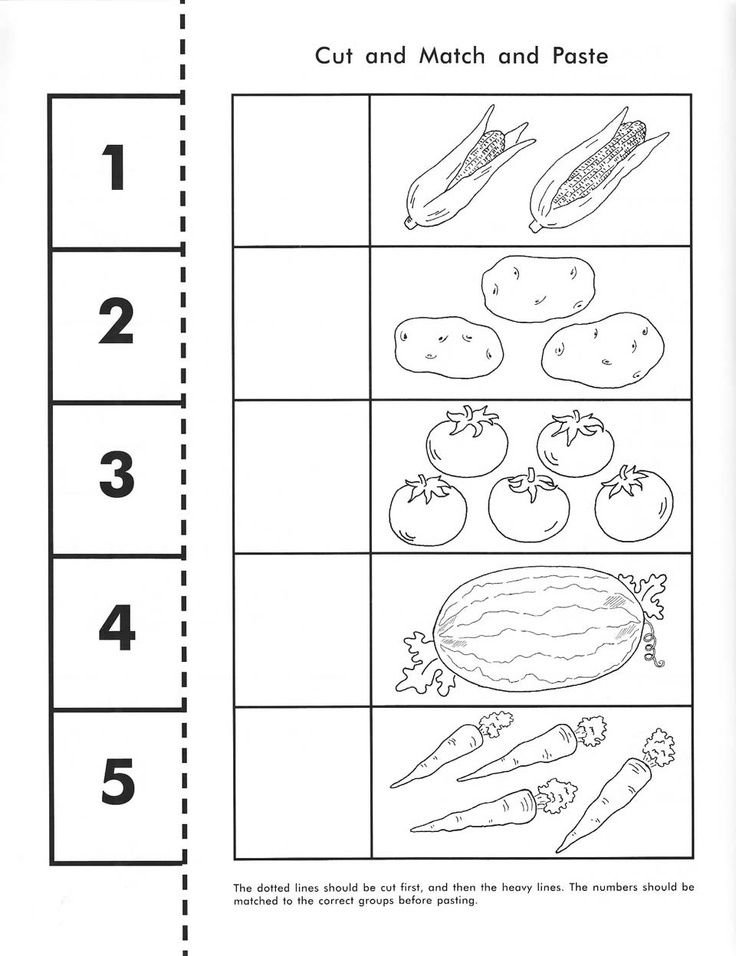 4 841.8] /Contents 150 0 R /group> /Tabs /S /StructParents 53 >> endobj 49 0 obj > /ProcSet [/PDF /Text /ImageB /ImageC /ImageI] >> /MediaBox [0 0 595.4 841.8] /Contents 151 0 R /group> /Tabs /S /StructParents 54 >> endobj 50 0 obj > /ProcSet [/PDF /Text /ImageB /ImageC /ImageI] >> /MediaBox [0 0 595.4 841.8] /Contents 152 0R /group> /Tabs /S /StructParents 55 >> endobj 51 0 obj > /ProcSet [/PDF /Text /ImageB /ImageC /ImageI] >> /MediaBox[0 0 595.4 841.8] /Contents 153 0 R /group> /Tabs /S /StructParents 56 >> endobj 52 0 obj > /ProcSet [/PDF /Text /ImageB /ImageC /ImageI] >> /MediaBox [0 0 595.4 841.8] /Contents 156 0 R /group> /Tabs /S /StructParents 1 >> endobj 53 0 obj > /XObject> /ProcSet [/PDF /Text /ImageB /ImageC /ImageI] >> /MediaBox [0 0 595.4 841.8] /Contents 158 0 R /group> /Tabs /S /StructParents 2 >> endobj 54 0 obj > /XObject> /ProcSet [/PDF /Text /ImageB /ImageC /ImageI] >> /MediaBox[0 0 595.4 841.8] /Contents 160 0 R /group> /Tabs /S /StructParents 3 >> endobj 55 0 obj > /ProcSet [/PDF /Text /ImageB /ImageC /ImageI] >> /MediaBox [0 0 595.
4 841.8] /Contents 150 0 R /group> /Tabs /S /StructParents 53 >> endobj 49 0 obj > /ProcSet [/PDF /Text /ImageB /ImageC /ImageI] >> /MediaBox [0 0 595.4 841.8] /Contents 151 0 R /group> /Tabs /S /StructParents 54 >> endobj 50 0 obj > /ProcSet [/PDF /Text /ImageB /ImageC /ImageI] >> /MediaBox [0 0 595.4 841.8] /Contents 152 0R /group> /Tabs /S /StructParents 55 >> endobj 51 0 obj > /ProcSet [/PDF /Text /ImageB /ImageC /ImageI] >> /MediaBox[0 0 595.4 841.8] /Contents 153 0 R /group> /Tabs /S /StructParents 56 >> endobj 52 0 obj > /ProcSet [/PDF /Text /ImageB /ImageC /ImageI] >> /MediaBox [0 0 595.4 841.8] /Contents 156 0 R /group> /Tabs /S /StructParents 1 >> endobj 53 0 obj > /XObject> /ProcSet [/PDF /Text /ImageB /ImageC /ImageI] >> /MediaBox [0 0 595.4 841.8] /Contents 158 0 R /group> /Tabs /S /StructParents 2 >> endobj 54 0 obj > /XObject> /ProcSet [/PDF /Text /ImageB /ImageC /ImageI] >> /MediaBox[0 0 595.4 841.8] /Contents 160 0 R /group> /Tabs /S /StructParents 3 >> endobj 55 0 obj > /ProcSet [/PDF /Text /ImageB /ImageC /ImageI] >> /MediaBox [0 0 595.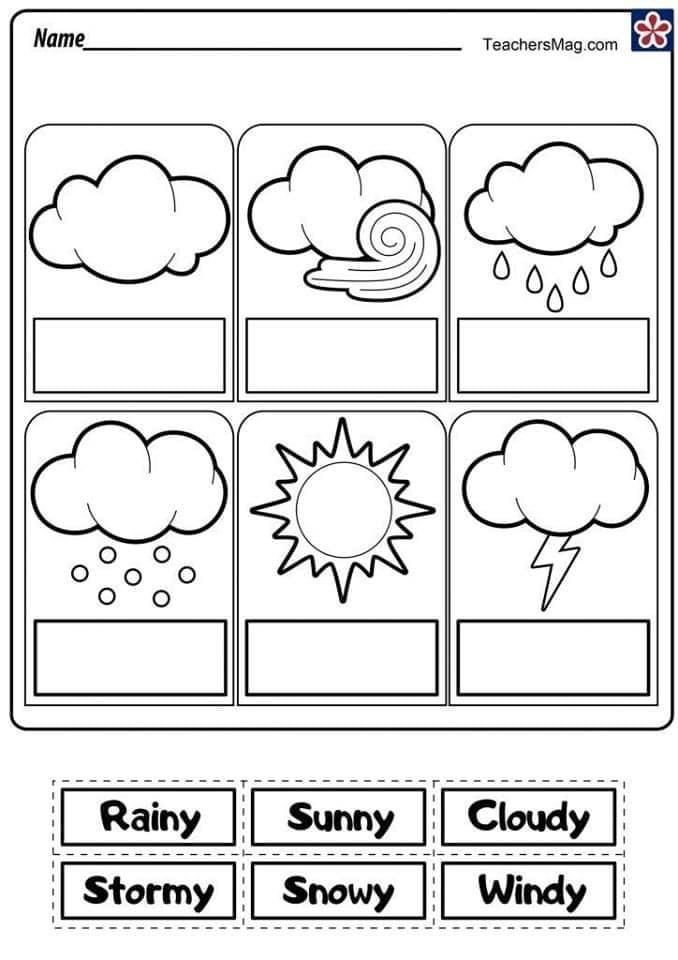 4 841.8] /Contents 161 0 R /group> /Tabs /S /StructParents 57 >> endobj 56 0 obj > /ProcSet [/PDF /Text /ImageB /ImageC /ImageI] >> /MediaBox [0 0 595.4 841.8] /Contents 162 0 R /group> /Tabs /S /StructParents 58 >> endobj 57 0 obj > /ProcSet [/PDF /Text /ImageB /ImageC /ImageI] >> /MediaBox[0 0 595.4 841.8] /Contents 163 0 R /group> /Tabs /S /StructParents 59 >> endobj 58 0 obj > /ProcSet [/PDF /Text /ImageB /ImageC /ImageI] >> /MediaBox [0 0 595.4 841.8] /Contents 164 0 R /group> /Tabs /S /StructParents 60 >> endobj 59 0 obj > /ProcSet [/PDF /Text /ImageB /ImageC /ImageI] >> /MediaBox [0 0 595.4 841.8] /Contents 165 0R /group> /Tabs /S /StructParents 61 >> endobj 60 0 obj > /ProcSet [/PDF /Text /ImageB /ImageC /ImageI] >> /MediaBox[0 0 595.4 841.8] /Contents 166 0 R /group> /Tabs /S /StructParents 62 >> endobj 61 0 obj > /ProcSet [/PDF /Text /ImageB /ImageC /ImageI] >> /MediaBox [0 0 595.4 841.8] /Contents 167 0 R /group> /Tabs /S /StructParents 63 >> endobj 62 0 obj > /ProcSet [/PDF /Text /ImageB /ImageC /ImageI] >> /MediaBox [0 0 595.
4 841.8] /Contents 161 0 R /group> /Tabs /S /StructParents 57 >> endobj 56 0 obj > /ProcSet [/PDF /Text /ImageB /ImageC /ImageI] >> /MediaBox [0 0 595.4 841.8] /Contents 162 0 R /group> /Tabs /S /StructParents 58 >> endobj 57 0 obj > /ProcSet [/PDF /Text /ImageB /ImageC /ImageI] >> /MediaBox[0 0 595.4 841.8] /Contents 163 0 R /group> /Tabs /S /StructParents 59 >> endobj 58 0 obj > /ProcSet [/PDF /Text /ImageB /ImageC /ImageI] >> /MediaBox [0 0 595.4 841.8] /Contents 164 0 R /group> /Tabs /S /StructParents 60 >> endobj 59 0 obj > /ProcSet [/PDF /Text /ImageB /ImageC /ImageI] >> /MediaBox [0 0 595.4 841.8] /Contents 165 0R /group> /Tabs /S /StructParents 61 >> endobj 60 0 obj > /ProcSet [/PDF /Text /ImageB /ImageC /ImageI] >> /MediaBox[0 0 595.4 841.8] /Contents 166 0 R /group> /Tabs /S /StructParents 62 >> endobj 61 0 obj > /ProcSet [/PDF /Text /ImageB /ImageC /ImageI] >> /MediaBox [0 0 595.4 841.8] /Contents 167 0 R /group> /Tabs /S /StructParents 63 >> endobj 62 0 obj > /ProcSet [/PDF /Text /ImageB /ImageC /ImageI] >> /MediaBox [0 0 595.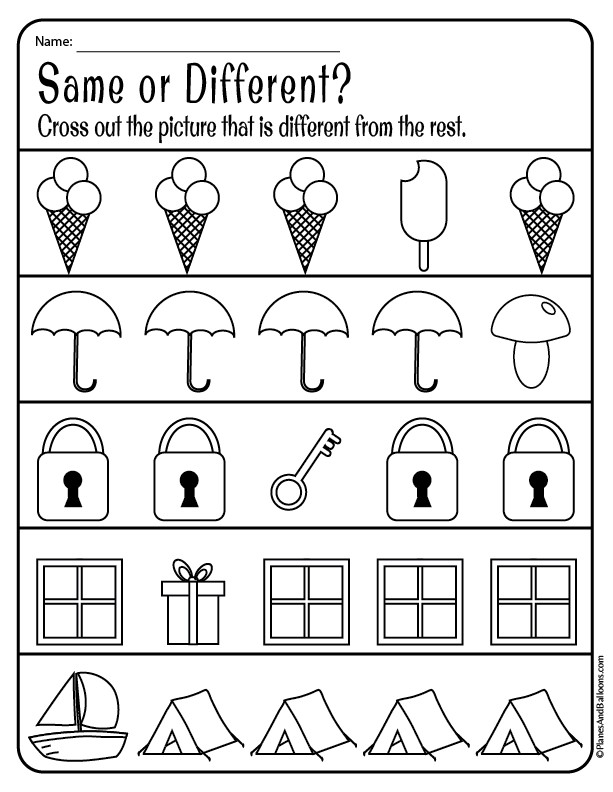 4 841.8] /Contents 168 0 R /group> /Tabs /S /StructParents 64 >> endobj 63 0 obj > /ProcSet [/PDF /Text /ImageB /ImageC /ImageI] >> /MediaBox[0 0 595.4 841.8] /Contents 169 0 R /group> /Tabs /S /StructParents 65 >> endobj 64 0 obj > /ProcSet [/PDF /Text /ImageB /ImageC /ImageI] >> /MediaBox [0 0 595.4 841.8] /Contents 170 0R /group> /Tabs /S /StructParents 4 >> endobj 65 0 obj > /ProcSet [/PDF /Text /ImageB /ImageC /ImageI] >> /MediaBox [0 0 595.4 841.8] /Contents 171 0 R /group> /Tabs /S /StructParents 5 >> endobj 66 0 obj > /ProcSet [/PDF /Text /ImageB /ImageC /ImageI] >> /MediaBox[0 0 595.4 841.8] /Contents 172 0 R /group> /Tabs /S /StructParents 66 >> endobj 67 0 obj > /ProcSet [/PDF /Text /ImageB /ImageC /ImageI] >> /MediaBox [0 0 595.4 841.8] /Contents 173 0 R /group> /Tabs /S /StructParents 67 >> endobj 68 0 obj > /ProcSet [/PDF /Text /ImageB /ImageC /ImageI] >> /MediaBox [0 0 595.4 841.8] /Contents 174 0 R /group> /Tabs /S /StructParents 68 >> endobj 69 0 obj > /ProcSet [/PDF /Text /ImageB /ImageC /ImageI] >> /MediaBox[0 0 595.
4 841.8] /Contents 168 0 R /group> /Tabs /S /StructParents 64 >> endobj 63 0 obj > /ProcSet [/PDF /Text /ImageB /ImageC /ImageI] >> /MediaBox[0 0 595.4 841.8] /Contents 169 0 R /group> /Tabs /S /StructParents 65 >> endobj 64 0 obj > /ProcSet [/PDF /Text /ImageB /ImageC /ImageI] >> /MediaBox [0 0 595.4 841.8] /Contents 170 0R /group> /Tabs /S /StructParents 4 >> endobj 65 0 obj > /ProcSet [/PDF /Text /ImageB /ImageC /ImageI] >> /MediaBox [0 0 595.4 841.8] /Contents 171 0 R /group> /Tabs /S /StructParents 5 >> endobj 66 0 obj > /ProcSet [/PDF /Text /ImageB /ImageC /ImageI] >> /MediaBox[0 0 595.4 841.8] /Contents 172 0 R /group> /Tabs /S /StructParents 66 >> endobj 67 0 obj > /ProcSet [/PDF /Text /ImageB /ImageC /ImageI] >> /MediaBox [0 0 595.4 841.8] /Contents 173 0 R /group> /Tabs /S /StructParents 67 >> endobj 68 0 obj > /ProcSet [/PDF /Text /ImageB /ImageC /ImageI] >> /MediaBox [0 0 595.4 841.8] /Contents 174 0 R /group> /Tabs /S /StructParents 68 >> endobj 69 0 obj > /ProcSet [/PDF /Text /ImageB /ImageC /ImageI] >> /MediaBox[0 0 595.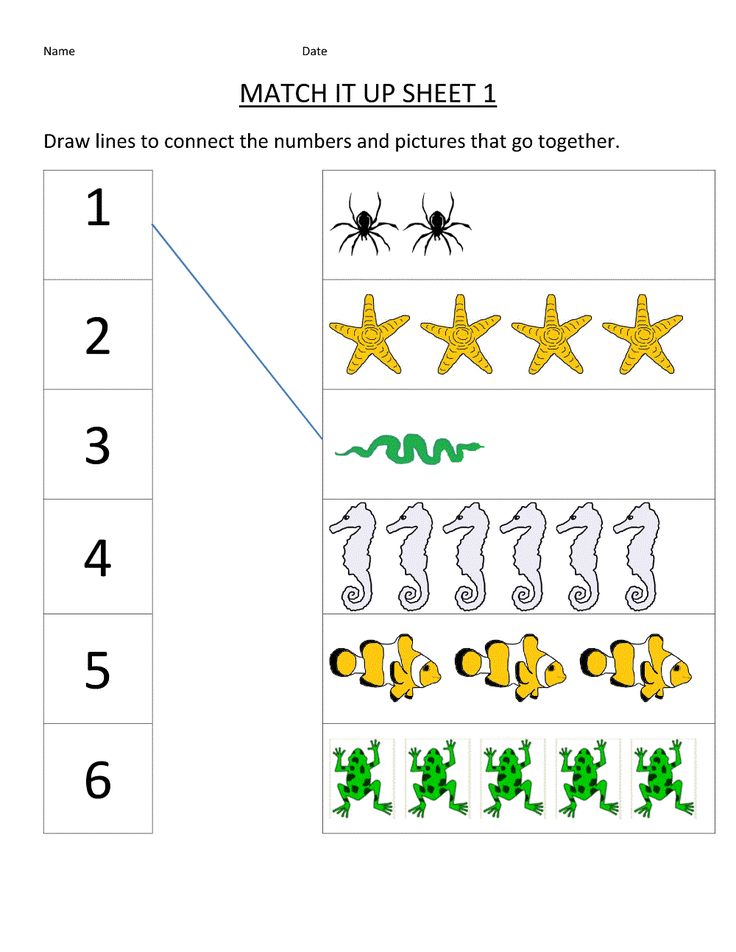 4 841.8] /Contents 175 0 R /group> /Tabs /S /StructParents 69 >> endobj 70 0 obj > /ProcSet [/PDF /Text /ImageB /ImageC /ImageI] >> /MediaBox [0 0 595.4 841.8] /Contents 176 0R /group> /Tabs /S /StructParents 70 >> endobj 71 0 obj > /ProcSet [/PDF /Text /ImageB /ImageC /ImageI] >> /MediaBox [0 0 595.4 841.8] /Contents 177 0R /group> /Tabs /S /StructParents 71 >> endobj 72 0 obj > /ProcSet [/PDF /Text /ImageB /ImageC /ImageI] >> /MediaBox[0 0 595.4 841.8] /Contents 178 0R /group> /Tabs /S /StructParents 72 >> endobj 73 0 obj > /ProcSet [/PDF /Text /ImageB /ImageC /ImageI] >> /MediaBox [0 0 595.4 841.8] /Contents 179 0 R /group> /Tabs /S /StructParents 73 >> endobj 74 0 obj > /ProcSet [/PDF /Text /ImageB /ImageC /ImageI] >> /MediaBox [0 0 595.4 841.8] /Contents 180 0 R /group> /Tabs /S /StructParents 74 >> endobj 75 0 obj > /ProcSet [/PDF /Text /ImageB /ImageC /ImageI] >> /MediaBox[0 0 595.4 841.8] /Contents 181 0 R /group> /Tabs /S /StructParents 75 >> endobj 76 0 obj > /ProcSet [/PDF /Text /ImageB /ImageC /ImageI] >> /MediaBox [0 0 595.
4 841.8] /Contents 175 0 R /group> /Tabs /S /StructParents 69 >> endobj 70 0 obj > /ProcSet [/PDF /Text /ImageB /ImageC /ImageI] >> /MediaBox [0 0 595.4 841.8] /Contents 176 0R /group> /Tabs /S /StructParents 70 >> endobj 71 0 obj > /ProcSet [/PDF /Text /ImageB /ImageC /ImageI] >> /MediaBox [0 0 595.4 841.8] /Contents 177 0R /group> /Tabs /S /StructParents 71 >> endobj 72 0 obj > /ProcSet [/PDF /Text /ImageB /ImageC /ImageI] >> /MediaBox[0 0 595.4 841.8] /Contents 178 0R /group> /Tabs /S /StructParents 72 >> endobj 73 0 obj > /ProcSet [/PDF /Text /ImageB /ImageC /ImageI] >> /MediaBox [0 0 595.4 841.8] /Contents 179 0 R /group> /Tabs /S /StructParents 73 >> endobj 74 0 obj > /ProcSet [/PDF /Text /ImageB /ImageC /ImageI] >> /MediaBox [0 0 595.4 841.8] /Contents 180 0 R /group> /Tabs /S /StructParents 74 >> endobj 75 0 obj > /ProcSet [/PDF /Text /ImageB /ImageC /ImageI] >> /MediaBox[0 0 595.4 841.8] /Contents 181 0 R /group> /Tabs /S /StructParents 75 >> endobj 76 0 obj > /ProcSet [/PDF /Text /ImageB /ImageC /ImageI] >> /MediaBox [0 0 595.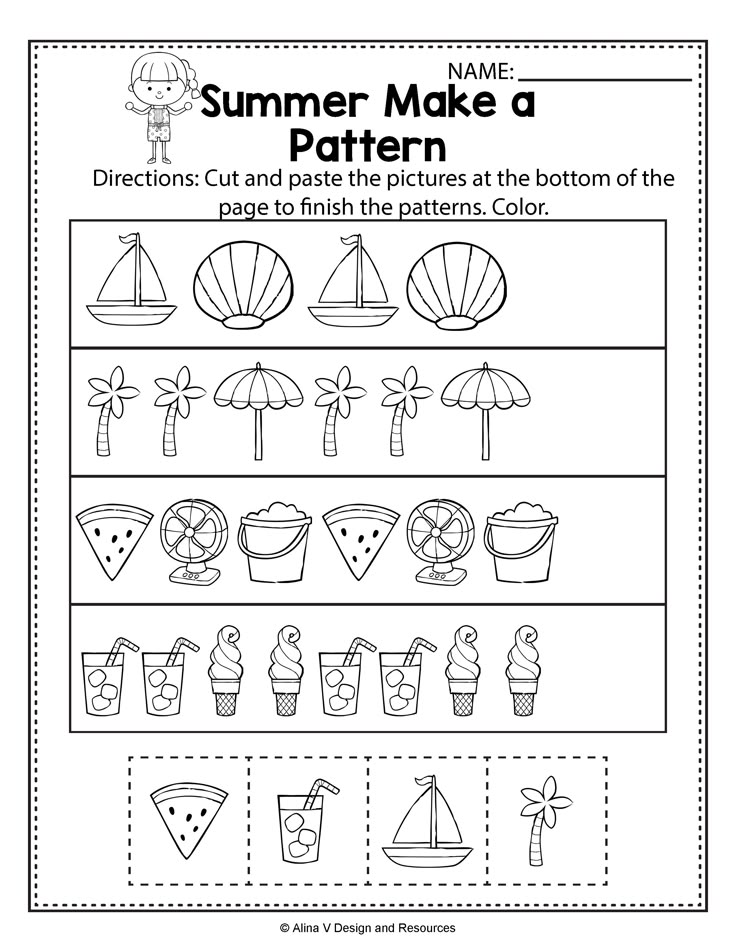 4 841.8] /Contents 182 0R /group> /Tabs /S /StructParents 76 >> endobj 77 0 obj > /ProcSet [/PDF /Text /ImageB /ImageC /ImageI] >> /MediaBox [0 0 595.4 841.8] /Contents 183 0R /group> /Tabs /S /StructParents 77 >> endobj 78 0 obj > /ProcSet [/PDF /Text /ImageB /ImageC /ImageI] >> /MediaBox[0 0 595.4 841.8] /Contents 184 0R /group> /Tabs /S /StructParents 78 >> endobj 79 0 obj > /ProcSet [/PDF /Text /ImageB /ImageC /ImageI] >> /MediaBox [0 0 595.4 841.8] /Contents 185 0R /group> /Tabs /S /StructParents 79 >> endobj 80 0 obj > /ProcSet [/PDF /Text /ImageB /ImageC /ImageI] >> /MediaBox [0 0 595.4 841.8] /Contents 186 0R /group> /Tabs /S /StructParents 80 >> endobj 81 0 obj > /ProcSet [/PDF /Text /ImageB /ImageC /ImageI] >> /MediaBox[0 0 595.4 841.8] /Contents 187 0R /group> /Tabs /S /StructParents 81 >> endobj 82 0 obj > /ProcSet [/PDF /Text /ImageB /ImageC /ImageI] >> /MediaBox [0 0 595.4 841.8] /Contents 188 0R /group> /Tabs /S /StructParents 82 >> endobj 83 0 obj > /ProcSet [/PDF /Text /ImageB /ImageC /ImageI] >> /MediaBox [0 0 595.
4 841.8] /Contents 182 0R /group> /Tabs /S /StructParents 76 >> endobj 77 0 obj > /ProcSet [/PDF /Text /ImageB /ImageC /ImageI] >> /MediaBox [0 0 595.4 841.8] /Contents 183 0R /group> /Tabs /S /StructParents 77 >> endobj 78 0 obj > /ProcSet [/PDF /Text /ImageB /ImageC /ImageI] >> /MediaBox[0 0 595.4 841.8] /Contents 184 0R /group> /Tabs /S /StructParents 78 >> endobj 79 0 obj > /ProcSet [/PDF /Text /ImageB /ImageC /ImageI] >> /MediaBox [0 0 595.4 841.8] /Contents 185 0R /group> /Tabs /S /StructParents 79 >> endobj 80 0 obj > /ProcSet [/PDF /Text /ImageB /ImageC /ImageI] >> /MediaBox [0 0 595.4 841.8] /Contents 186 0R /group> /Tabs /S /StructParents 80 >> endobj 81 0 obj > /ProcSet [/PDF /Text /ImageB /ImageC /ImageI] >> /MediaBox[0 0 595.4 841.8] /Contents 187 0R /group> /Tabs /S /StructParents 81 >> endobj 82 0 obj > /ProcSet [/PDF /Text /ImageB /ImageC /ImageI] >> /MediaBox [0 0 595.4 841.8] /Contents 188 0R /group> /Tabs /S /StructParents 82 >> endobj 83 0 obj > /ProcSet [/PDF /Text /ImageB /ImageC /ImageI] >> /MediaBox [0 0 595.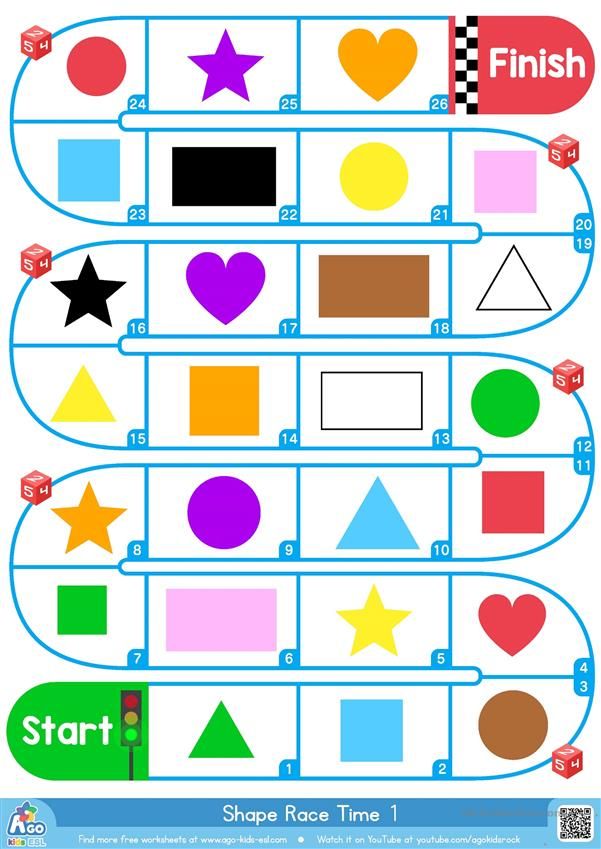 4 841.8] /Contents 189 0 R /group> /Tabs /S /StructParents 83 >> endobj 84 0 obj > /XObject> /ProcSet [/PDF /Text /ImageB /ImageC /ImageI] >> /MediaBox[0 0 595.4 841.8] /Contents 191 0 R /group> /Tabs /S /StructParents 6 >> endobj 85 0 obj > /XObject> /ProcSet [/PDF /Text /ImageB /ImageC /ImageI] >> /MediaBox [0 0 595.4 841.8] /Contents 193 0 R /group> /Tabs /S /StructParents 7 >> endobj 86 0 obj > /XObject> /ProcSet [/PDF /Text /ImageB /ImageC /ImageI] >> /MediaBox [0 0 595.4 841.8] /Contents 195 0 R /group> /Tabs /S /StructParents 8 >> endobj 87 0 obj > /XObject> /ProcSet [/PDF /Text /ImageB /ImageC /ImageI] >> /MediaBox[0 0 595.4 841.8] /Contents 197 0 R /group> /Tabs /S /StructParents 9 >> endobj 88 0 obj > /XObject> /ProcSet [/PDF /Text /ImageB /ImageC /ImageI] >> /MediaBox [0 0 595.4 841.8] /Contents 199 0R /group> /Tabs /S /StructParents 10 >> endobj 89 0 obj > /XObject> /ProcSet [/PDF /Text /ImageB /ImageC /ImageI] >> /MediaBox [0 0 595.4 841.8] /Contents 201 0 R /group> /Tabs /S /StructParents 11 >> endobj 90 0 obj > endobj 91 0 obj > endobj 92 0 obj > endobj 93 0 obj > endobj 94 0 obj > endobj 95 0 obj > endobj 96 0 obj > endobj 97 0 obj > endobj 98 0 obj > endobj 99 0 obj > endobj 100 0 obj > stream x
4 841.8] /Contents 189 0 R /group> /Tabs /S /StructParents 83 >> endobj 84 0 obj > /XObject> /ProcSet [/PDF /Text /ImageB /ImageC /ImageI] >> /MediaBox[0 0 595.4 841.8] /Contents 191 0 R /group> /Tabs /S /StructParents 6 >> endobj 85 0 obj > /XObject> /ProcSet [/PDF /Text /ImageB /ImageC /ImageI] >> /MediaBox [0 0 595.4 841.8] /Contents 193 0 R /group> /Tabs /S /StructParents 7 >> endobj 86 0 obj > /XObject> /ProcSet [/PDF /Text /ImageB /ImageC /ImageI] >> /MediaBox [0 0 595.4 841.8] /Contents 195 0 R /group> /Tabs /S /StructParents 8 >> endobj 87 0 obj > /XObject> /ProcSet [/PDF /Text /ImageB /ImageC /ImageI] >> /MediaBox[0 0 595.4 841.8] /Contents 197 0 R /group> /Tabs /S /StructParents 9 >> endobj 88 0 obj > /XObject> /ProcSet [/PDF /Text /ImageB /ImageC /ImageI] >> /MediaBox [0 0 595.4 841.8] /Contents 199 0R /group> /Tabs /S /StructParents 10 >> endobj 89 0 obj > /XObject> /ProcSet [/PDF /Text /ImageB /ImageC /ImageI] >> /MediaBox [0 0 595.4 841.8] /Contents 201 0 R /group> /Tabs /S /StructParents 11 >> endobj 90 0 obj > endobj 91 0 obj > endobj 92 0 obj > endobj 93 0 obj > endobj 94 0 obj > endobj 95 0 obj > endobj 96 0 obj > endobj 97 0 obj > endobj 98 0 obj > endobj 99 0 obj > endobj 100 0 obj > stream x Extracurricular activities and additional education for children and adolescents
Organization of extracurricular activities and additional education
Extracurricular activities are an obligatory element of the educational process and are intended for students to achieve the planned results of mastering the main educational program, i.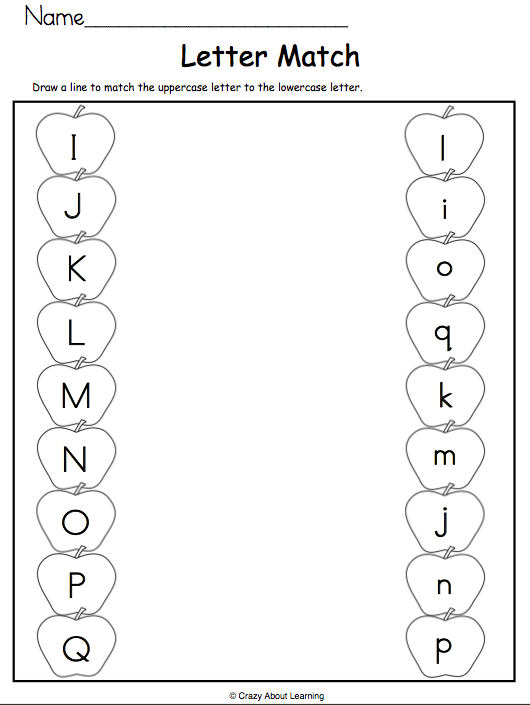 e. an integral part.
e. an integral part.
Extracurricular activities deepen, expand and concretize the knowledge that students receive in the classroom. This is achieved by increasing the information depth of obtaining knowledge in the subject area using more active forms of participation and interest of children during classes - different from classroom practice.
Depending on the level of general education, the state standard establishes the maximum number of hours of extracurricular activities:
- for elementary is 1350 hours for 4 years of study,
- for the main - up to 1750 hours in five years,
- for the secondary - up to 700 hours for two years of study.
As the results of mastering the programs of extracurricular activities, the school has the right to set off the results of mastering general developmental programs by students (after a comparative analysis), obtained in organizations of additional education.
Work programs for extracurricular activities are accredited together with the main general education programs.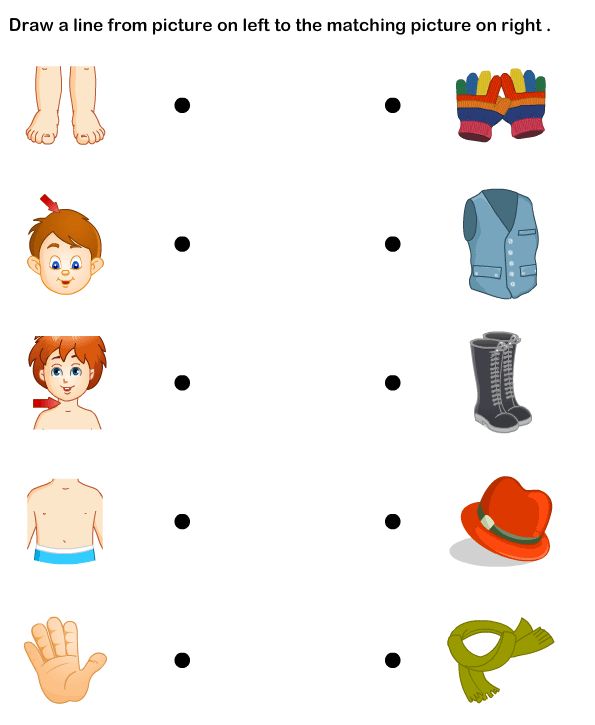
Additional education is an absolutely independent branch of education. It is not mandatory and is carried out on the basis of the voluntary choice of children and parents.
Additional education is aimed at comprehensive satisfaction of individual educational needs of a person and is not accompanied by an increase in the level of education - educational qualification.
The result of additional education of children is adaptation to life in society, professional orientation, as well as the identification and support of children who have shown outstanding abilities.
Children's additional general education programs are divided into general developmental and pre-professional.
General development programs are available to everyone without any educational requirements. These programs are independently developed by additional education organizations that have a state educational license.
Programs are not accredited, and therefore the requirements for the results of mastering are not normatively defined - they are independently set by the authors of the training programs.
The Law "On Education in the Russian Federation" contains an indication (Articles 83 and 84) of two possible directions of additional pre-professional education for children: in the field of arts, physical culture and sports.
However, here the list and content of pre-professional programs are established by the federal executive body responsible for the development of state policy in this area. And admission to training is not carried out by anyone, but on the basis of the results of individual selection - to identify individuals who have the necessary basic knowledge, creativity and physical data.
Education under such programs provides for the continuity of obtaining and deepening thematic knowledge in the chosen area of education, identifying gifted children and adolescents at an early age, and their consistent development of the trajectory of professional education.
The difference between extracurricular activities and additional education
1.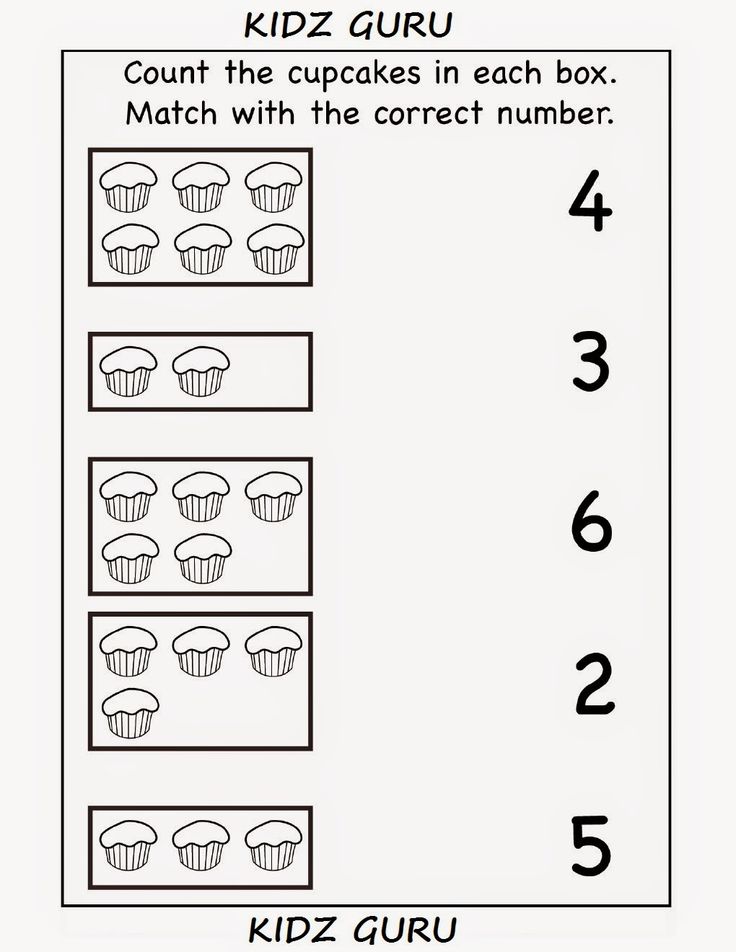 Extracurricular activities are mandatory. A variety of models of such activities are used, but all have a common drawback: a student who has not yet decided on his interests and without a pronounced inclination to some type of activity is forced to attend classes in spiritual, moral, health, social, general cultural or general intellectual extracurricular activities. Would it intrigue you?
Extracurricular activities are mandatory. A variety of models of such activities are used, but all have a common drawback: a student who has not yet decided on his interests and without a pronounced inclination to some type of activity is forced to attend classes in spiritual, moral, health, social, general cultural or general intellectual extracurricular activities. Would it intrigue you?
In most cases, such extracurricular activities are conducted by ordinary school subject teachers or class teachers, and not teachers (teachers) of additional education. Therefore, it is not possible to present students with an interesting field of extracurricular activities in which they are not professionals.
2. Additional education is determined by the personal choice of the child and parents. Such a student already has an interest in some kind of activity, has the inclinations and love for this activity, which inspires confidence in parents - he will succeed. A child often comes to receive additional knowledge for the purpose of professional orientation, with the thought of choosing a profession, university or college.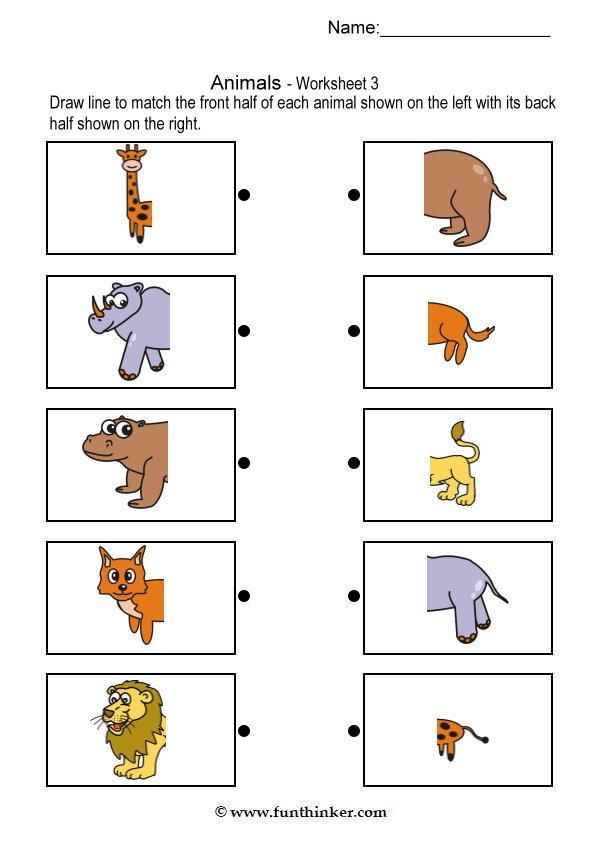
The transfer of a child to another team - from school to centers of additional education - gives him a natural opportunity to change the status of an unsuccessful student to a successful teenager: a programmer, artist , actor, translator, etc. The student has a real opportunity to expand his social circle, find friends among the same enthusiastic children from other schools, get involved in communication with the leaders of creative associations who are not his teachers and, therefore, do not know about his past failures and misdeeds.
Extracurricular activities in their content is a truncated version of additional education, which is available through the efforts of teachers - to help students improve their knowledge of the subjects studied at school.
Answers to questions from citizens on the organization of extracurricular activities
(Source: letter of the Ministry of Education and Science of the Russian Federation dated December 14, 2015 No. 09-3564)
- Is there a mandatory number of hours of extracurricular activities per week for primary school students?
At the federal level, the volume of extracurricular activities for students of primary general education is up to 1350 hours in four years.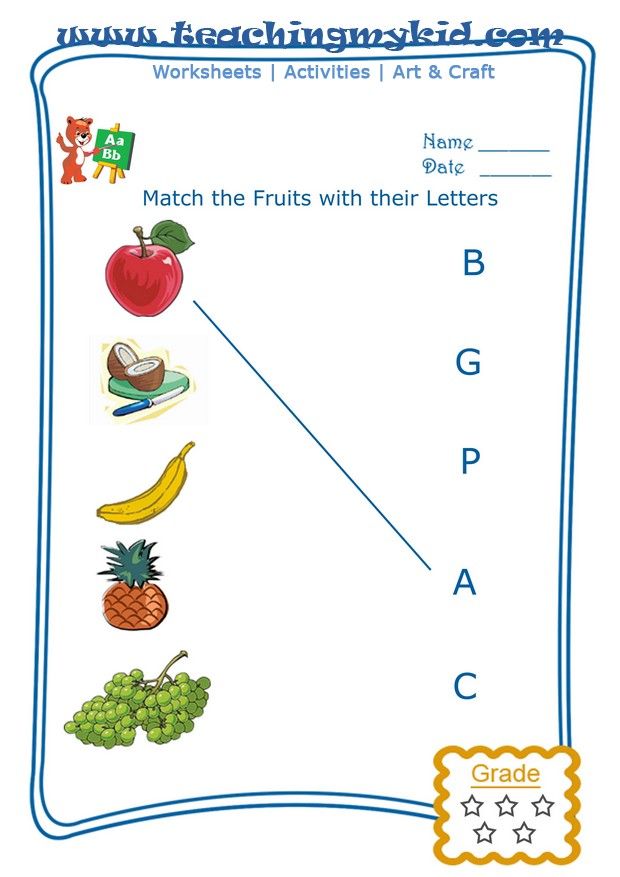
A general education organization independently determines the number of hours of extracurricular activities per week, taking into account the requests of students, the capabilities of the educational organization and the amount of the subvention allocated for the implementation of the main educational program.
The student has the right to choose from the direction and form of extracurricular activities proposed by the general educational organization in accordance with the number of hours established by the educational organization in terms of extracurricular activities.
- If a child is in an organization of additional education, can he not attend extracurricular activities at school?
Students are obliged to conscientiously master the educational program, to fulfill the individual curriculum, including attending the training sessions provided for by the curriculum or individual curriculum, to carry out independent preparation for classes, to perform tasks given by teachers within the framework of the educational program.
Students are granted academic rights to credit by an organization engaged in educational activities, in accordance with the procedure established by it, of the results of mastering by students of academic subjects, courses, disciplines (modules), practice, additional educational programs in other organizations engaged in educational activities.
For example, if a child attends an Olympic reserve school, then the classes attended by him in this organization can be counted as hours of extracurricular activities in the sports and recreation area in a general educational organization.
- What should parents (legal representatives) do if the administration of a general education organization requires them to attend extracurricular activities, despite the fact that the child is engaged in an organization of additional education?
In cases of violation by a general educational organization of the rights and interests of the child in terms of attending extracurricular activities, parents (legal representatives) have the right to apply to the founder of this organization, to the executive authorities of the constituent entity of the Russian Federation that manage education, bodies of supervision and control over compliance with the law in the field of education.
We remind you that in an educational organization, a local act establishes the procedure for offsetting the results of students mastering academic subjects, courses, disciplines (modules), practice, additional educational programs in other organizations engaged in educational activities.
- How can parents (legal representatives) influence the formation of a plan for extracurricular activities (selection of activities, number of hours, etc.)?
Parents (legal representatives) of underage students have a preferential right to the education and upbringing of children over all other persons. They are obliged to lay the foundations for the physical, moral and intellectual development of the child's personality.
Parents (legal representatives) of underage students have the right, including:
- to choose before the child completes the basic general education, taking into account the opinion of the child, as well as taking into account the recommendations of the psychological, medical and pedagogical commission (if any) education and forms of education, organizations engaged in educational activities, language, languages of education, optional and elective subjects, courses, disciplines (modules) from the list proposed by the organization engaged in educational activities;
- get acquainted with the charter of an organization engaged in educational activities, a license to carry out educational activities, with a certificate of state accreditation, with educational and program documentation and other documents regulating the organization and implementation of educational activities;
- get acquainted with the content of education, the methods of teaching and upbringing used, educational technologies, as well as the grades of their children;
- to take part in the management of an organization carrying out educational activities in the form determined by the charter of this organization.
How the state takes care of the development of additional education
Comparative characteristics of extracurricular activities and additional education of the child shows that the pedagogical capabilities of the latter significantly exceed the potential of extracurricular activities: the interests of the child;
- classes are conducted by teachers who have professional knowledge in the subject of additional education programs;
- the child is actively socialized outside the school community (in a specialized organization of additional education), where new friends appear - associates with common interests and with whom he will enter adulthood;
– a student does not spend up to 3800 hours of study time uselessly at school on extracurricular activities, instead of using such wealth for his individual development, taking into account the purpose of education chosen at the family council. It will be very good if it is possible to integrate school extracurricular activities and additional education.
Additional education is most often paid and some parents perceive this as its main drawback, but do not take into account that investments in education always bring the greatest income (B. Franklin, the fifteenth child in the family of an artisan, is depicted on the $100 bill).
The Ministry of Education, taking into account the current situation with extracurricular activities, allowed schoolchildren to be exempted from such activities if they are trained in organizations that have an educational license for additional education of children.
Academy belongs to this category of educational organizations that issue certificates to interested parents to exempt children from attending extracurricular activities, freeing up time for the targeted development of the child in more interesting programs.
As part of the implementation of the Concept for Improving the Efficiency of Budget Spending, approved by the Government of the Russian Federation in January 2019, personalized financing certificates have been introduced.


